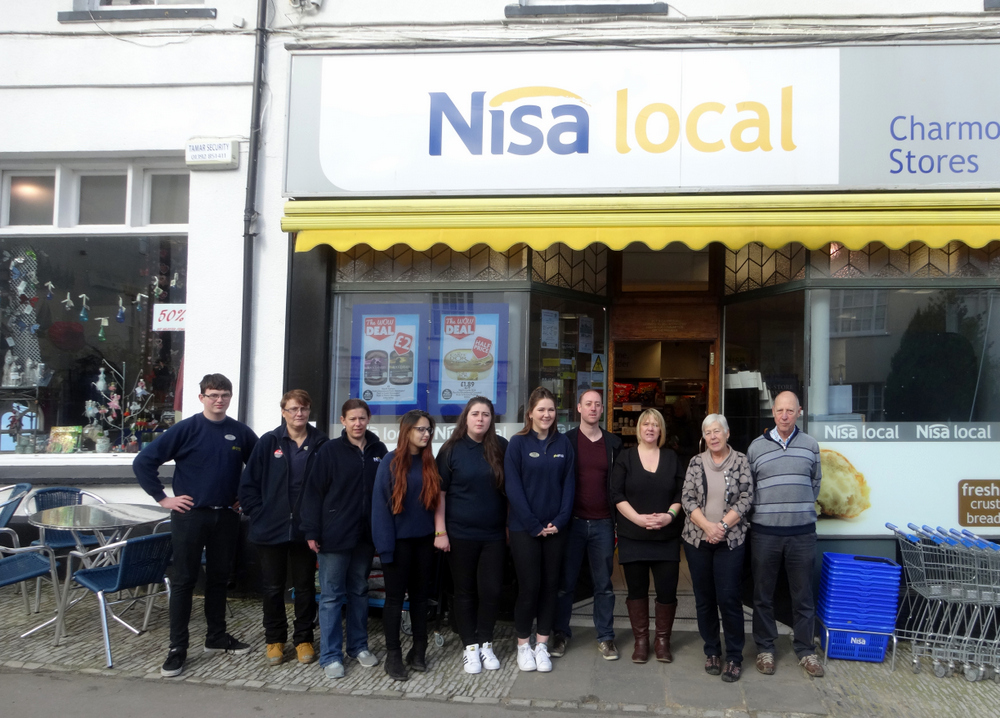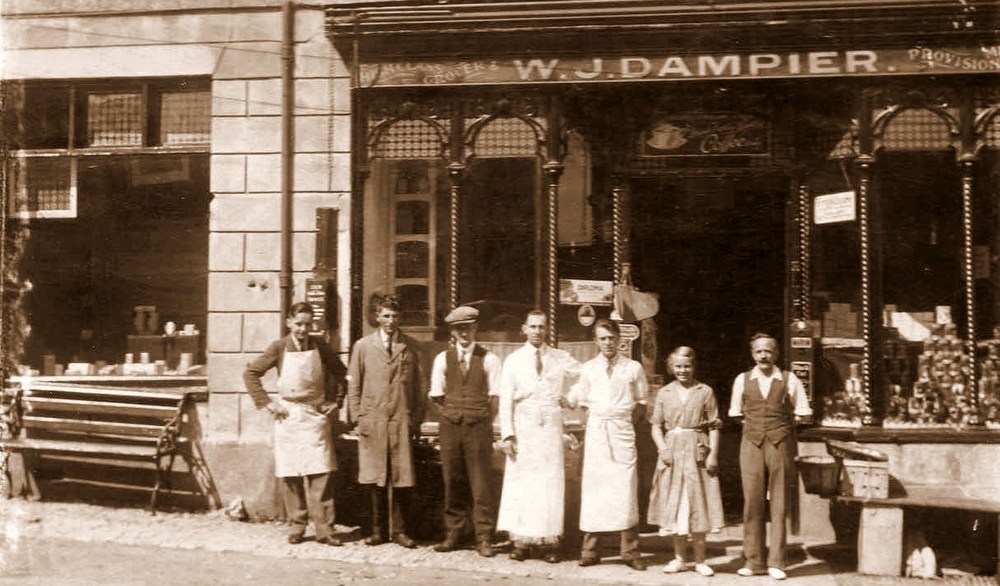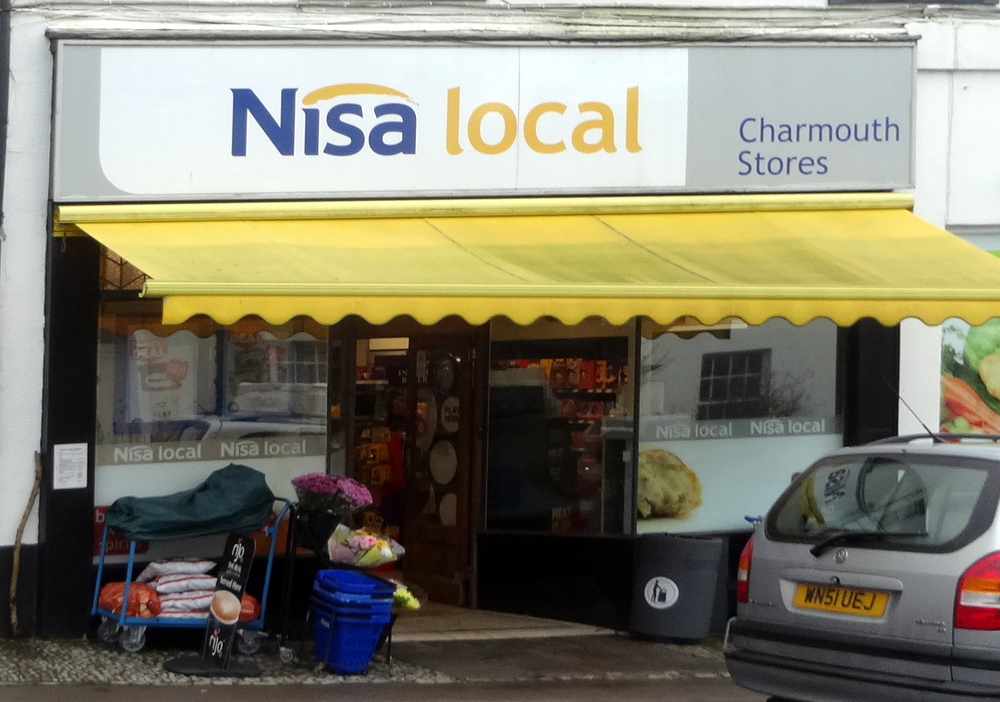
Charmouth Stores (Nisa), The Street.
“ I give to my wife, Margaret Edwards the House that was her Fathers`, Samuel Cornelius for her natural life only and after her death to my Daughter, Dinah Edwards".
This was a revelation as in that sentence was the clue to its early history. For I knew from the Land Taxes that William Edwards had a substantial property in the village and after his death in 1767, his wife, Elizabeth is shown briefly as owner, but then I lost track. But with Parish Records and other information was able to build up a family tree linking the various families to the Edwards.
It would seem that the building is indeed associated with the family called Cornelius. Their earliest reference is in 1641, when Alexander Cornelius appears on the Protestation List for the village. His son Samuel is born in 1672 and the Parish Records show him marrying Mary Street in 1706. The following year a daughter, Margaret is born to them.
Margaret Cornelius goes on to marry William Edwards in 1739 and they have a large family. On the death of her father, Samuel, in 1745, Margaret inherits the family house. She brings up her family there with her husband, William. This is the house that is referred to in the Will, and on her death in 1784, it had indeed been inherited by her daughter Dinah, who was married to an Excise Officer from Dalwood in Devon, with the unusual name of Crout, which appears in the record books. They were to have two children, Robert and Elizabeth. It was the latter in 1799 who was to inherit the property on the death of her father - Robert. Two years later she married the twenty three year old Francis Bradbeer. He was the son of Joseph Bradbeer, who had originally come from Blandford Forum and was for a number of years the Landlord of “ The Three Crowns ” opposite. It would seem that there was to follow a devastating set of events. In 1804 tragedy struck the family when Joseph lost his Wife Mary, his daughter Maria Richards as well as her husband. The following year it was to be his son Francis, who was to mourn the loss of his wife, Elizabeth. As a result he decided to make a fresh start and moved to Woolwich to join his brother, Joseph jnr. who was based there in the Artillery. He was to re-marry shortly after and open a Tailors shop there before moving with his family to Salisbury. It is his father ' s name,Joseph that now appears in the Poor Rates Lists. They show that the property was in two parts at that time and what is the Charmouth Stores (Nisa) formed the smaller area and the other part was let separately. In 1806 it is shown that Mr. Osborne occupies this part, but more importantly the other section was to be the Post Office and Store which Joseph Bradbeer was to open in that year, the start of over 200 years of trading from the same site. Indeed, some of the original building is incorporated today in the rear of the property. This was to be a momentous year, for he is to marry his third wife, Lydia Margrie who is 25 years younger and together they run the Post Office and Store. He is still renting the Three Crowns from William Edwards but soon after gives up the lease after 20 years as landlord there. The Royal Mail would pass through the village each day and stop briefly at the Inn. The letters would have special hand stamps, some of these letters have survived from this time. Until the Penny Black appeared in 1840, People would often refuse letters as they would have to pay on receipt, unless prepaid. This is shown by an advert in the Western Gazette in the year 1809 which mentions the Charmouth Post Office as the forwarding address for a property to let by a Mr. Jerson, who makes it clear that “ only post-paid letters will be attended to ” . A Census for the village in 1812, describes Thomas Browning, who occupies the west part of the building as a “ Coach Man ” and Joseph Bradbeer, who is in the east part as a “ Post Master ” . On his death in 1821 at the age of 71 he leaves his estate to his wife, Lydia, which includes a small cottage that used to stand in the grounds of the church and was at one time Stables for the Manor House opposite. She continues running the shop and letting the other part and its stables. It is interesting seeing Thomas Galpin Carter renting part, as he was the Artist for many of the early images and prints of the area. She is later described as a Shopkeeper in the General Post Office Record Book when she takes on the role of Post Mistress. The Pigot`s Directory for 1830 lists her as a Shopkeeper and dealer in Sundries. Her life is to change again in 1832, when at the age of 57 she marries the local school teacher, William Dodson Watts. In the same year, she lets the western part of Prospect Place to John Carter, who is a Carpenter, with a workshop in the building which houses “ The Pharmacy ” today. He later opens a shop in his part of Prospect Place. Unfortunately Lydia`s marriage is a disaster and her husband a spendthrift soon gets through her legacy. There is a reference to William Watts being dismissed by the Post Office in 1839 and John Carter, Grocer becomes the Post master. William finally leaves Lydia and she has to sell all her property to clear his debts. I have been fortunate to locate the advert for the Auction in May 1841, which describes the lots in detail. She even loses the freehold of her shop where she is living when it is bought by the wealthy Wootton Fitzpaine Farmer, Benjamin Swaffield. Lydia later moves her busines across to the small cottage that once stood in front of the church, where she stays until selling her interest in 1860 to the trustees, who demolish it to extend their yard. Sadly she loses her eyesight and dies a pauper at the age 89, six years later.
The auction of 1841 gives some of the tenants the opportunity to buy their premises, and both Giles Pryer and John Carter become freehold owners and prosper. But in 1864 there is a devastating fire that sweeps through the building and almost destroys the surrounding properties as well. The newspaper ' s report at the time are quite descriptive about the thatched roof and how after initially being put out by the Lyme Regis Fire Engine, the fire returned the following day, even more destructive. It is rebuilt in brick and tiles by Giles Pryer who divides it into four units which are named: Charmouth Stores, Ashyford House, Rupert House and Stanley House. They are numbered 1 to 4 Prospect Place and I have endeavoured below to provide a potted history.
Charmouth Stores No. 1 Prospect Place
This was to be a Post Office as well as a Stores for its first hundred years and was one of the earliest in the country. For the Royal Mail as we know it today was initiated by John Palmer of Bath in 1787 with its first fast service from Bristol, via Bath to London. The following year he began running his coaches from Exeter to London and they would have passed through the village. The Three Crowns was to become a Coaching Inn, owned by William Edwards but run by Joseph Bradbeer from that time, for almost twenty years. The trade was so important that it was renamed “ The Mail Coach Inn ” and subsequently the “ Coach and Horses ” . He opened the Post Office in part of the present building in 1806, which due to a tragic chain of events already described was inherited by his son, Francis. On Joseph`s death in 1821, the business continued with his wife, Lydia who rented part of the building to John Carter, who opened a shop there in 1832. After a disastrous second marriage to William Watts, she loses her properties, which are auctioned in 1841. The Tithe Map and Census for the same year, show her, now single, running a shop in what is now Charmouth Stores, with John Carter taking over as Post Master, in the central section of the building. Directories of the time advertise the business as that of a Grocers, Post Office and Builders. Sadly John was to die young in 1855 and leaves the shop, three houses in Catherston and a house in Sea Lane (Lower Sea Lane) to his wife who continues running the business with the son, John William (born 1841) who later takes it over.
In 1862 the Post Office and Stores is in the hands of John Hawkins, who advertises: Teas of the Finest Growth and Flavour, Superior Coffee and Superior British Wines. He continues for a while, but by 1870 George Mortimer is the owner and is described as a Linen & Woollen Draper, Grocer, Tea Dealer & Provision Merchant, China, Glass, Earthenware & Brush Warehouse and Post Master. He eventually sells the business to Edward Archer Vince in 1888. Old Photos of the time show a massive hoarding on the side of the building with a long list of all the goods and services that were offered inside. John Baker from Steyning in Sussex succeeded Edward in 1896, but by then George Holly was the new Post Master running this business from Wistaria on the Street, where it was to remain for the next 40 years. Times were to be hard for him, especially with a severe downtown in trade during the First World War and he eventually put the business up for sale in 1918.
It was to be purchased by William John Dampier who had been a Grocery Clerk for the Department Store of Boons and Sons of Dorchester. His son, Donald was to follow him into the business and take over in 1954 and in due course his grandson Ronald joined them and eventually ran it from 1970 until 2000.The business has evolved with the times and provides Villagers and Visitors today with a wide range of goods. It is now over 200 years old and would have opened at a time when Nelson had just won the Battle of Trafalgar for the country. The earlier building goes back to at least the 17 th century when it was owned by the Cornelius family. Part of this structure is believed to be incorporated in the rear of the property.









All that new Long house , formerly 2 houses with newly erected warehouse and plot of ground behind the same and also a workshop standing on the plot and adjoining the wall which separated the same from the close or meadow , afterwards described, and all the warehouse etc to be abutted and bounded on north by the wallL which separate the same from the close.On the east by a road leading to Wootton on the south by the street and on the west by messuage belonging to Ann Kitt. And by a wall which separates the plot from the garden of Ann Kitt. Also all the range of old buildings parallel with the northern end of the garden of Ann Kitt and the garden of William Stephens , Inn Holder and extending from the northern end of the wall which separates the plot from Ann's Garden up to the piling adjoining the garden of Joseph Bradbeer and which said range of buildings contained in length from east to Weather and also that meadow containing about 3 roads abutted and bounced on the north by land belonging to the Rev. Brian Combe. on the east by road to Wootton on the south by a wall which separates the close form the plot of ground by the range of old buildings and on the west by the orchard of Joseph Bradbeeer. All these premises are in the tenure of James and Stephen Atkinson or their tenants.and James Atkinson and Stephen have caused the house with Warehouse and workshop to be pulled down and on the site hav erected 2 new houses.thses houses and gardens are bounced on the North by a wall.

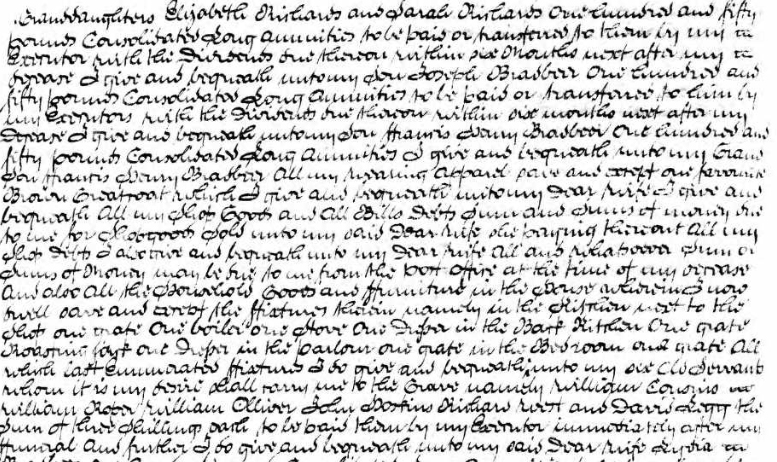






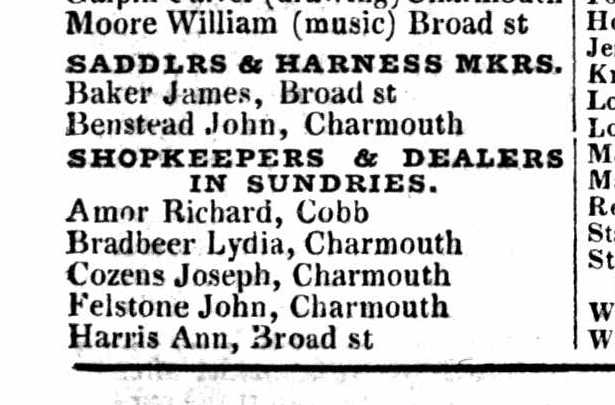
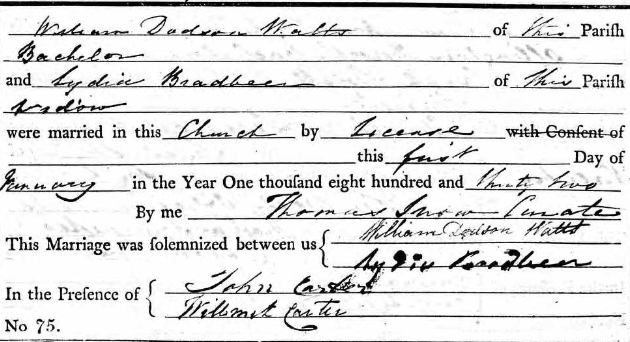


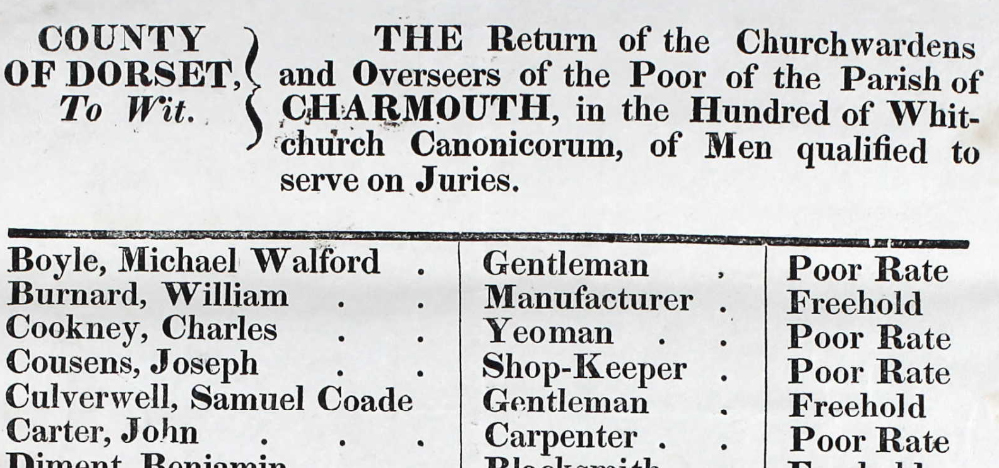
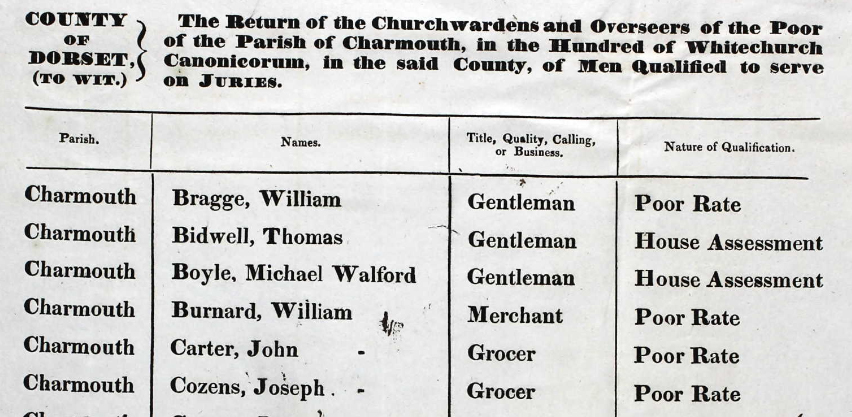

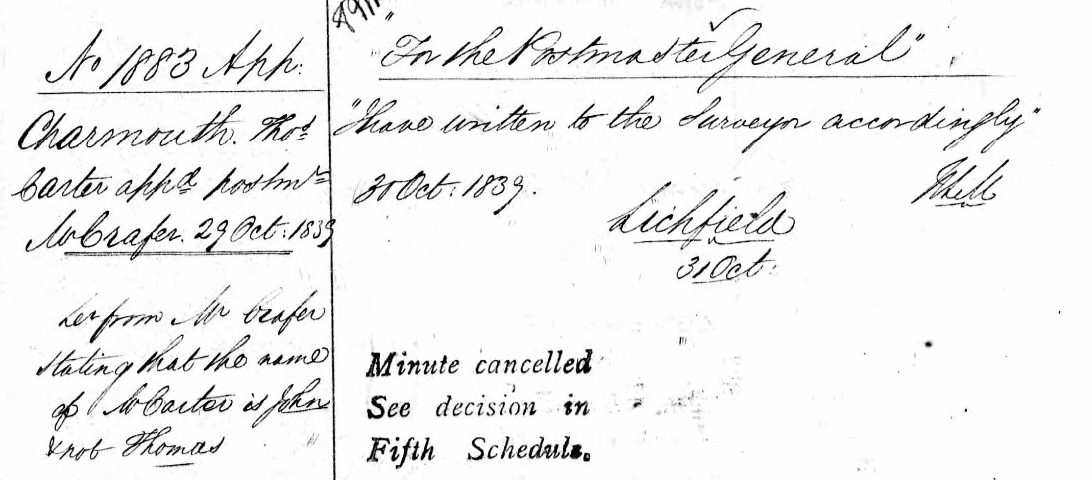

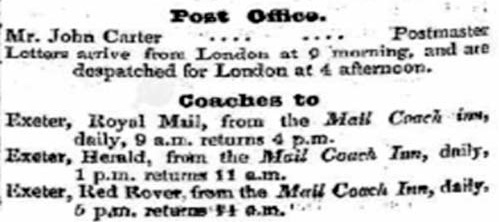
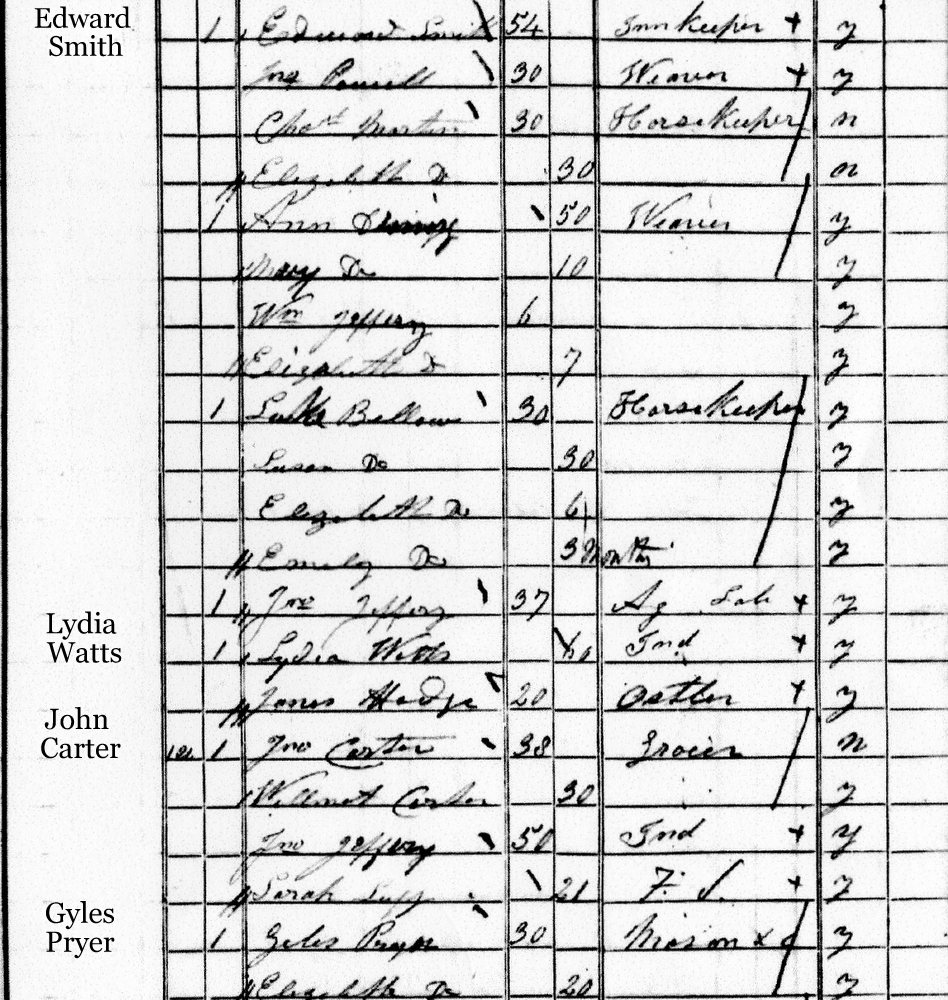
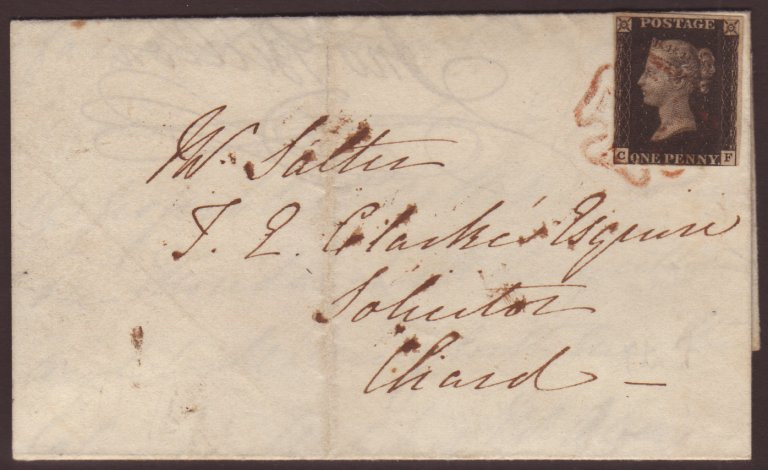
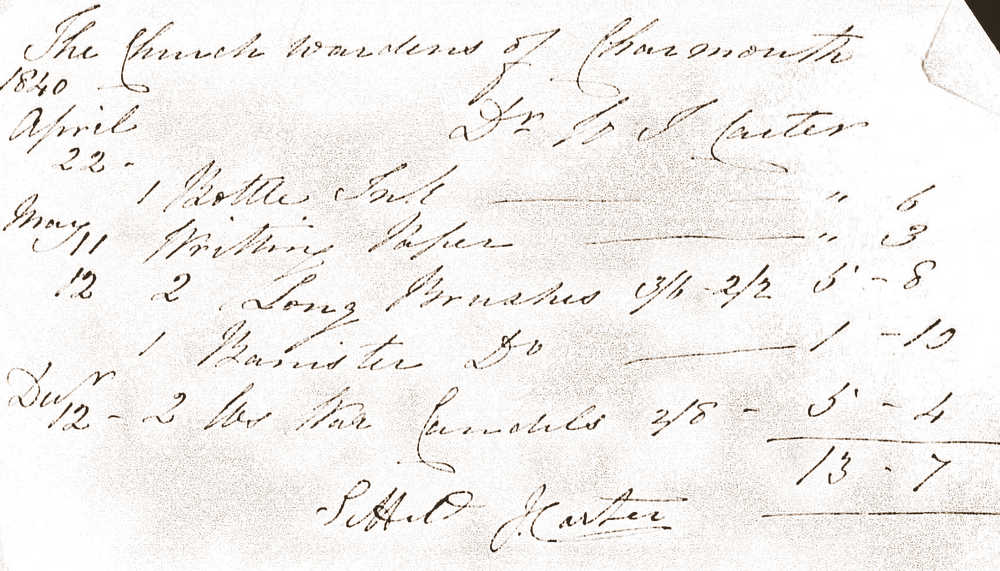
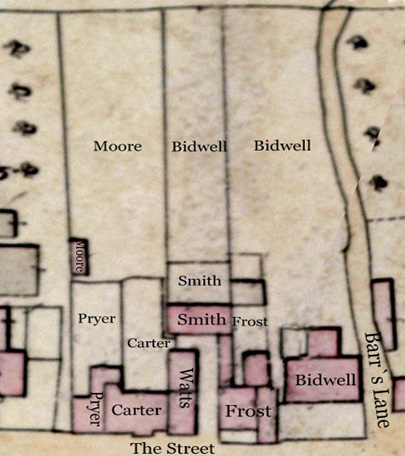
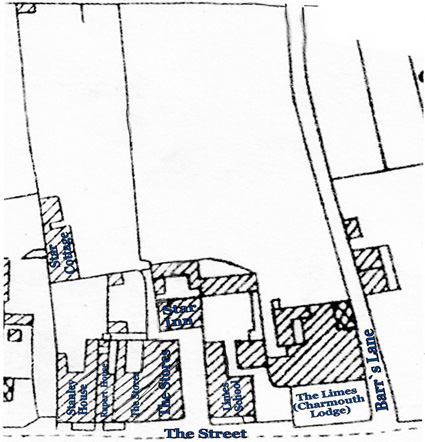

1841 Dorset- Charmouth- Votes for Borough of Lyme Regis
Valuable freehold and leasehold properties
To be sold by auction by Mr. R. Fowler, at the Mail Coach Inn in Charmouth aforesaid on Thursday the 27th day of May 1841, at 5 o' clock in the afternoon, subject to such conditions that will be produced, either together or in such Lots as may be agreed upon at the time of the sale.
Lot 1- All that Messuage or dwelling house with the Garden behind the same, eligible situated in the centre of the village of Charmouth, opposite to the Mail Coach Inn, now in the occupation of Mr.Giles Pryer, as a yearly tenant, at the rent of £ 12 per annum.
Lot 2 - All that Messuage or dwelling house, adjoining the above, with the commodious and old established Grocers Shop thereto belonging and adjoining, and the Garden and Warehouse immediately behind the same, now in the occupation of Mr. Carter, at a yearly rent of £ 24, under a lease of which 4 1/2 years is unexpired.
Lot 3 - All that Messuage or Dwelling House, adjoining the above now used as a Lodging House, together with the newly erected Messuage or Dwelling House, now let as two distinct tenements, adjoining to and behind the Lodging House, all which said last mentioned premises are in the occupation of yearly tenants, and are of the yearly value if £ 20.
Lot 4 - all that well known and much frequented Public House, adjoining close to the last mentioned premises, called or known by the name of the Star Inn, now in the occupation of Mr.E. Smith, as a yearly tenant, at a rental of £ 18 per annum.
Lot 5 - all that Cottage and Dwelling House together with the large and productive Piece of Garden ground in which it stands, comprising considerably more than a quarter of an acre, situate at the back of the premises previously adverted to and now in the occupation of Mr.John Jeffrey, as a yearly tenant at a rental of £ 10 per annum. The above Premises are partly Freehold and partly Leasehold for 2,000 years.
Lot 6 - All that Messuage or Dwelling House, on the side of Charmouth Street, and adjoining to the Church Yard there, lately occupied by Mr. John Love as a dwelling house and Butchers Shop, at a yearly rental of £ 20. N.B. These Premises are held for the Life of a person aged about 65 years, and a Life of near the same age is insured in £ 380. In the West of England Insurance Office, to the benefit of which the Purchaser of this lot may, if desirable, become entitled.
Lot 7 - all that Freehold House and Garden situate in the Parish of Bothenhampton, now in the occupation of Mr. Roberts, as a yearly tenant, at a rental of £ 10 per annum.
For viewing the Premises, and for further particulars, apply to Mr. Carter, Grocer, on the Premises, Charmouth, Mr.Hillman, Lyme

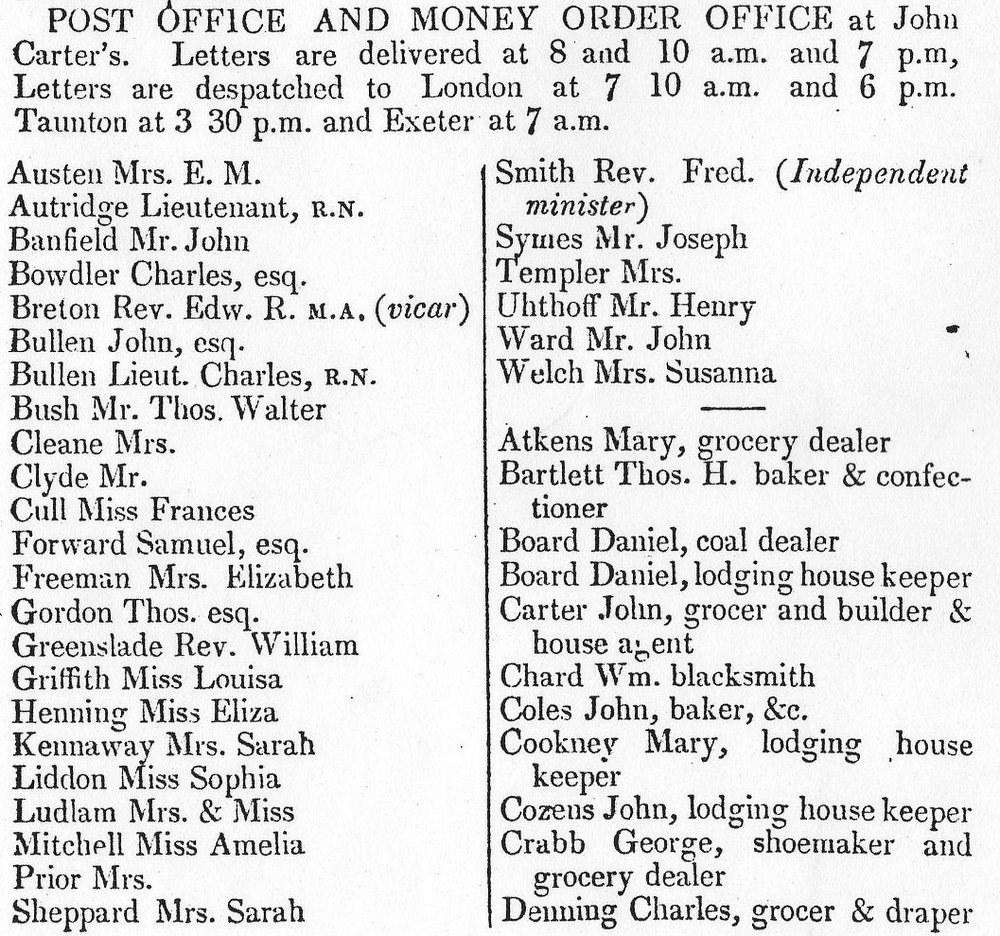


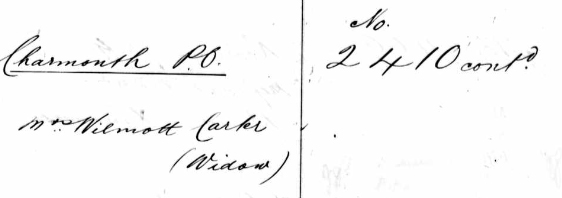
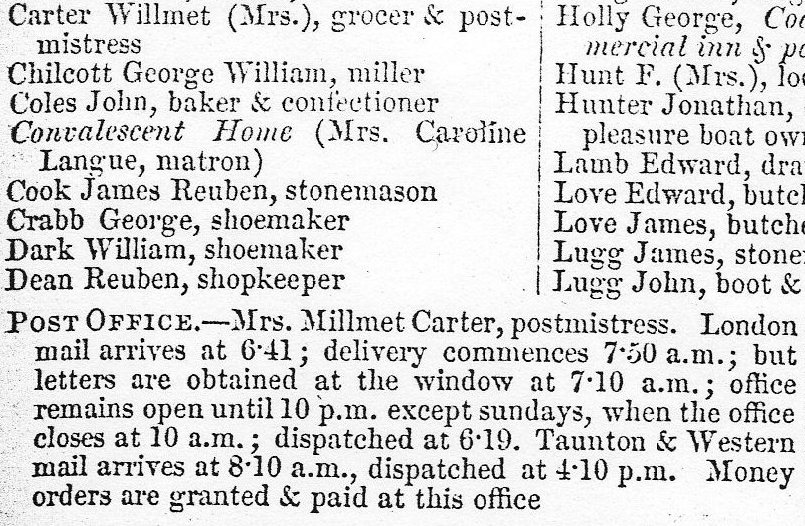
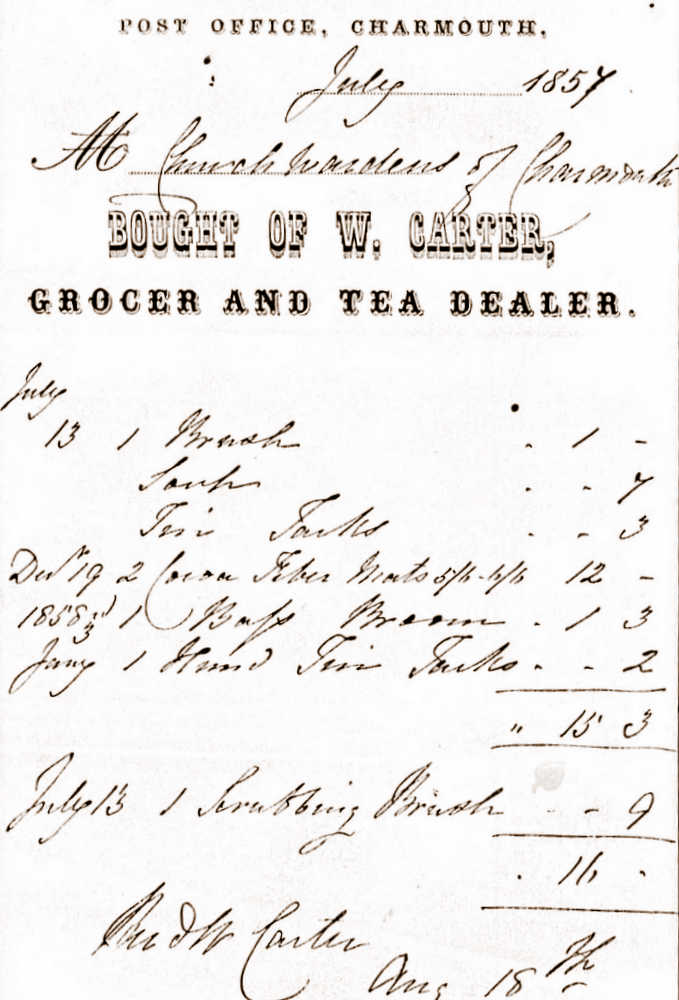
In memory of/JOHN CARTER/who departed this life/April 20* 1855/Aged 51 years/Also of GEORGE son of the above/who died Sept 19* 1857/Aged 3 years/Also of HENRY BEER CARTER/who died June 26* 1862/Aged 19 years/Also of WILLMET CARTER/wife of the above JOHN CARTER/who died April 4 th 1863/aged 54 years.


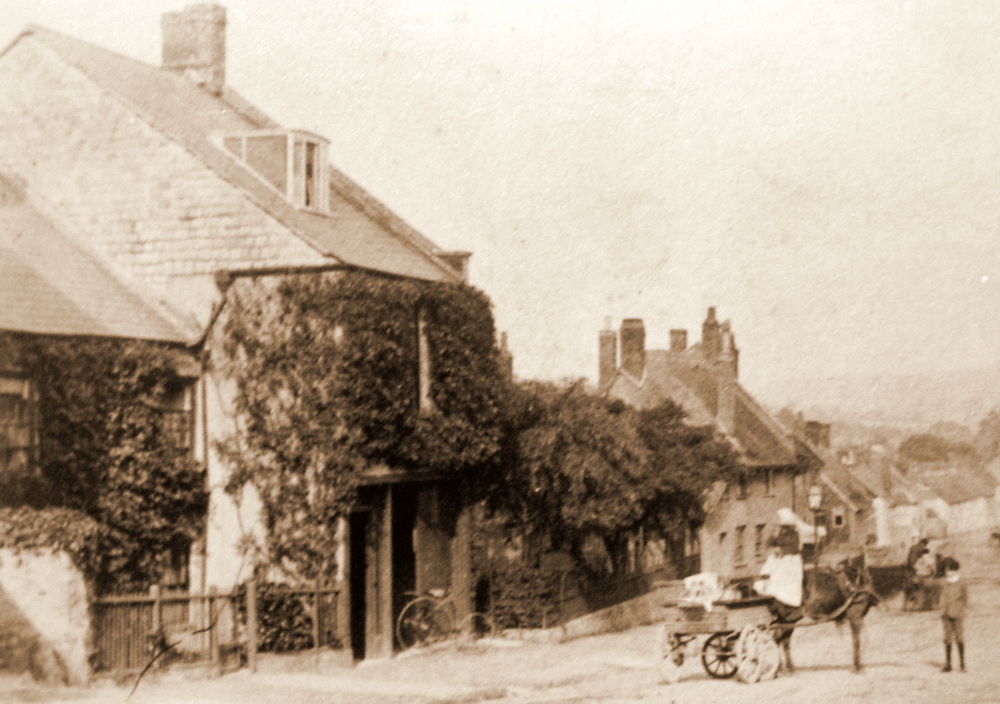


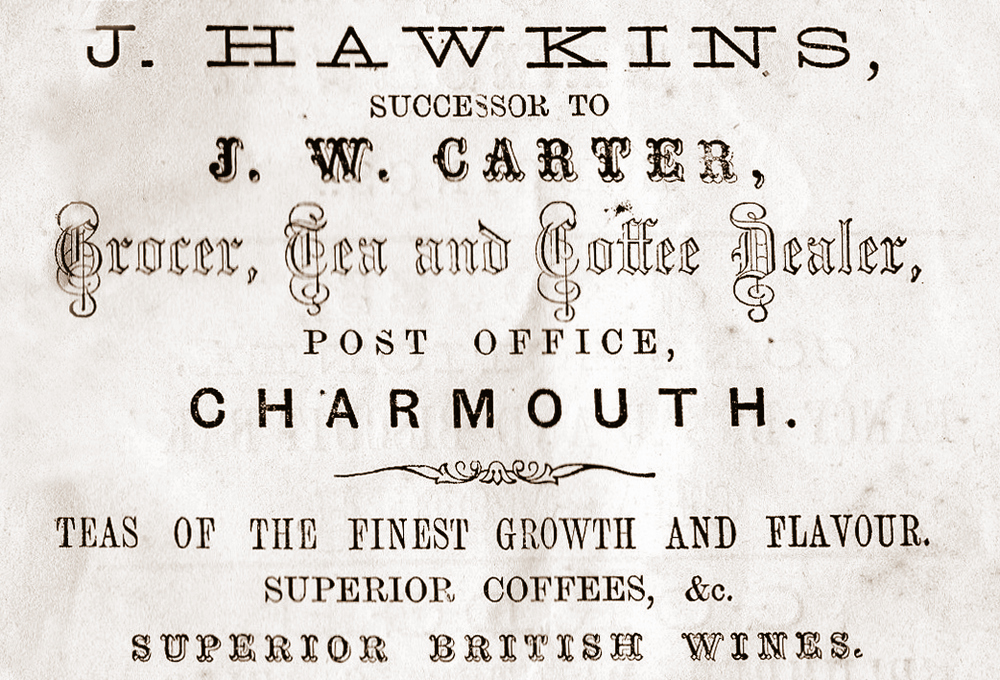

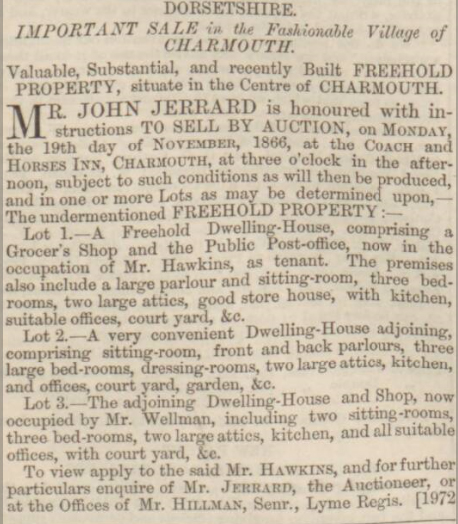



.jpg)
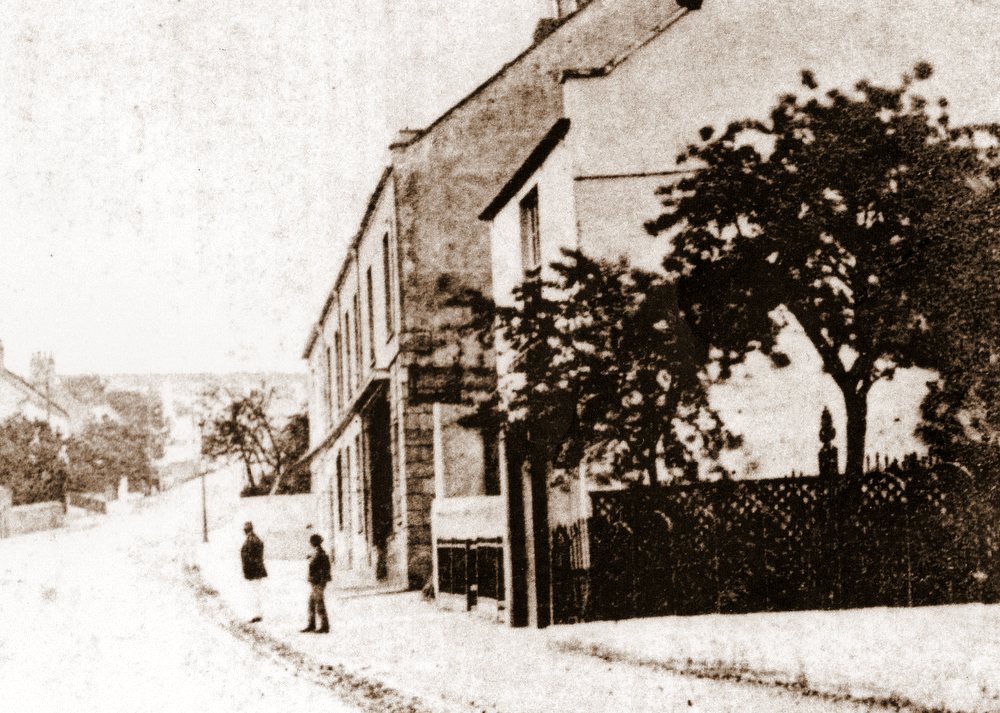

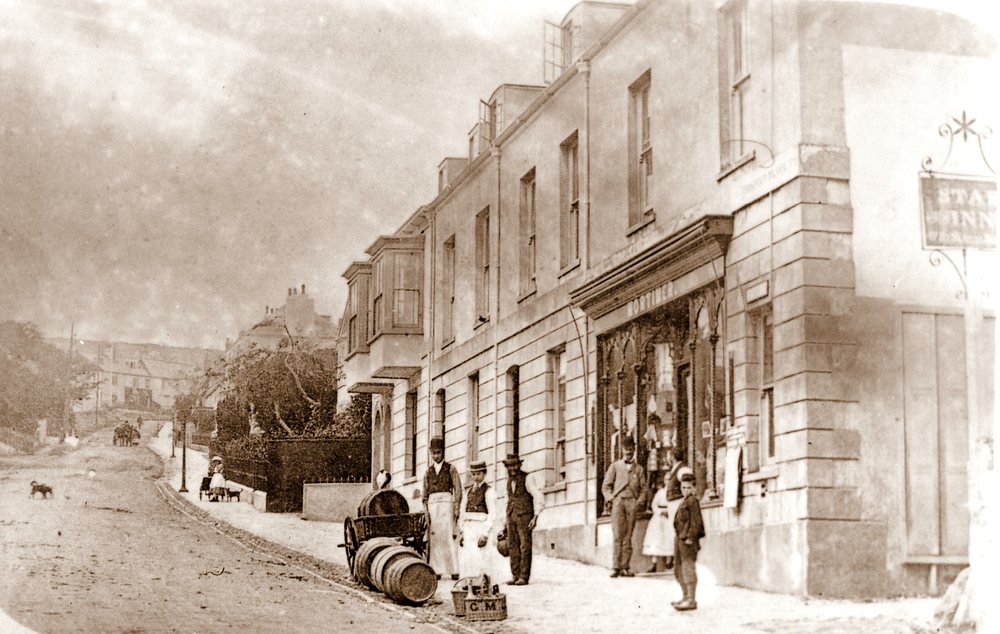
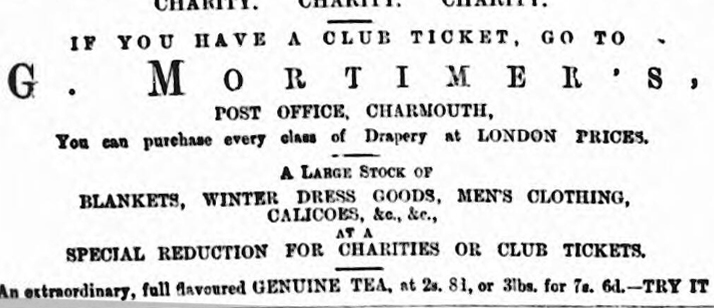
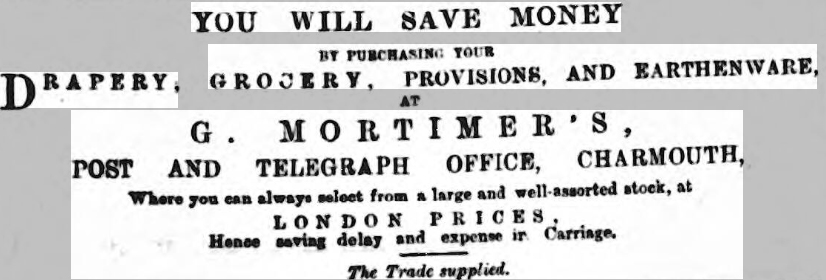

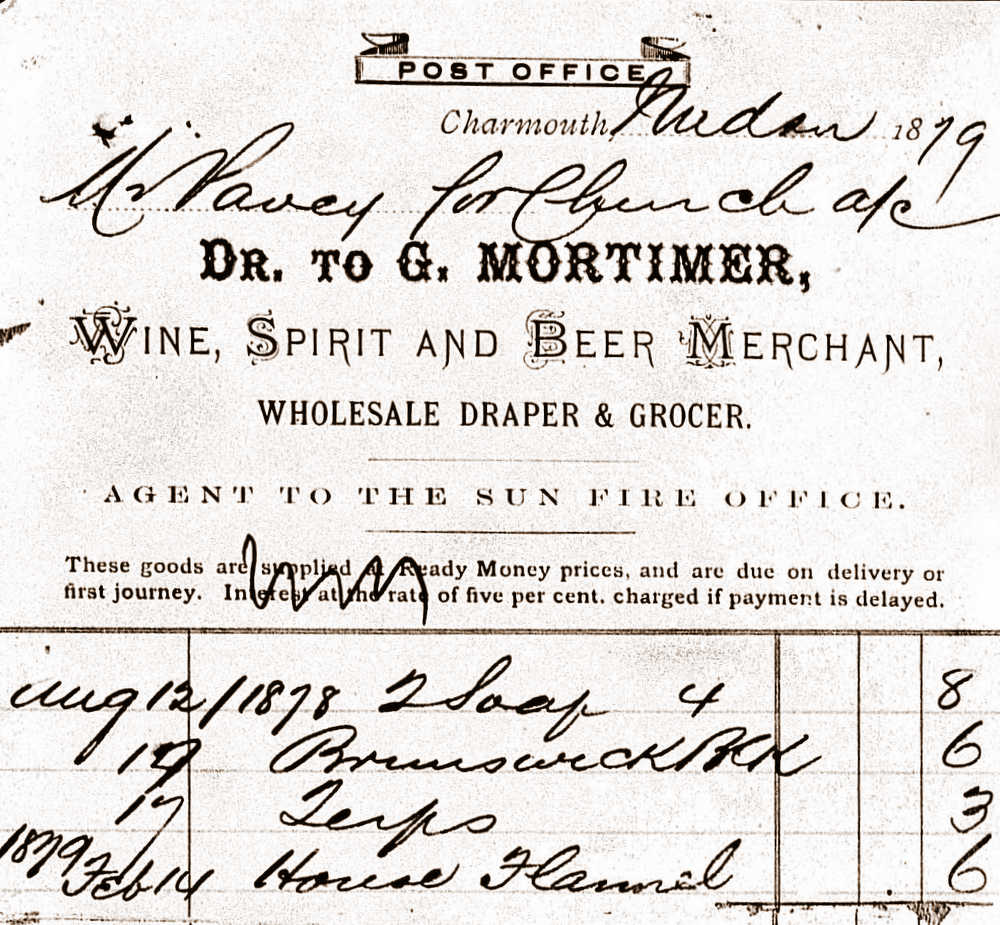





58 |
Edward Archer Vince |
George Mortimer |
Building and Land |
Charmouth Street |
| 59 | Robert Case? | George Mortimer | Garden | Charmouth Street |
| 60 | Amy Alexandria Lewis | George Mortimer | House and Garden | Charmouth Street |
| 61 | Francis Glyde | George Mortimer | House and Garden | Charmouth Street |
| 62 | William Mcfill? | George Mortimer | House and Garden | Charmouth Street |
| 63 | Uriah Gordge | George Mortimer | House and Garden | Charmouth Street |
| 64 | Frederick Bridle | George Mortimer | House and Garden | Charmouth Street |
| 65 | John Samuel Larcombe | George Mortimer | House and Garden | Charmouth Street |






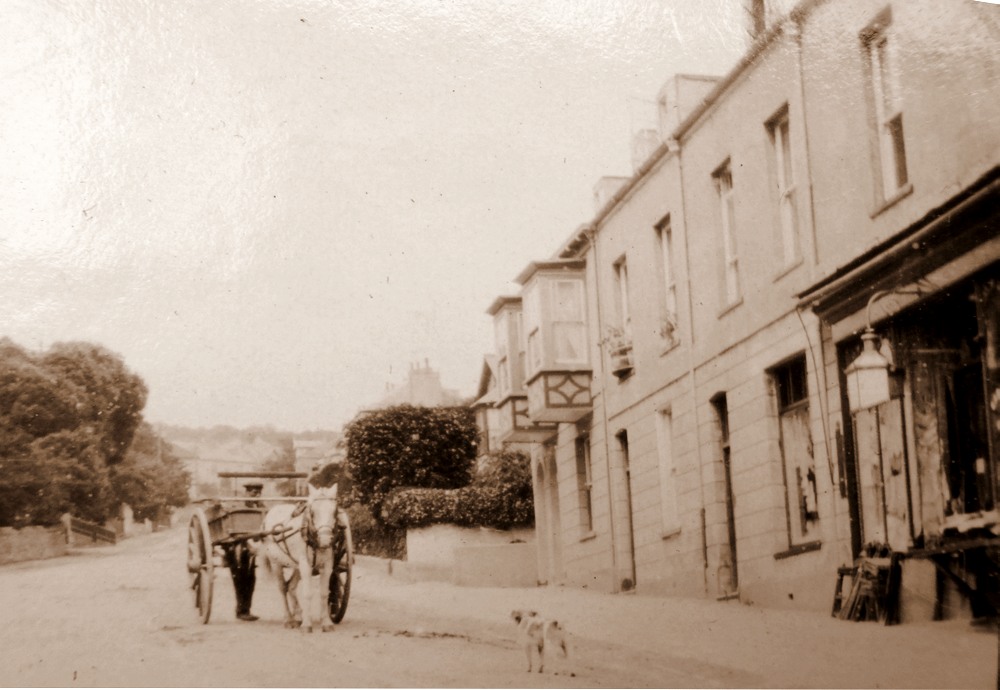
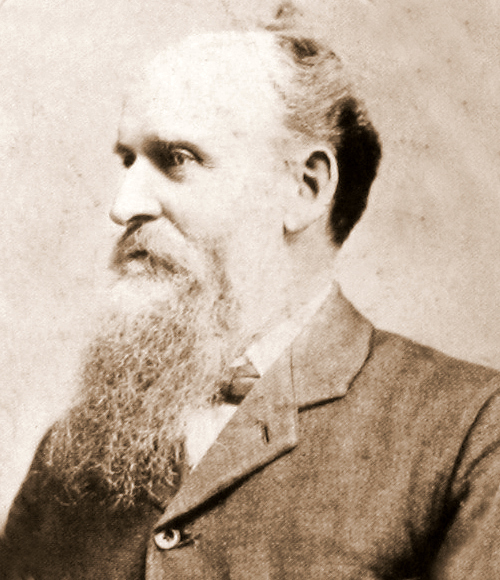


Longs shop was once owned by vince. The photo is of chard and Pigeon the postman.
.jpg)
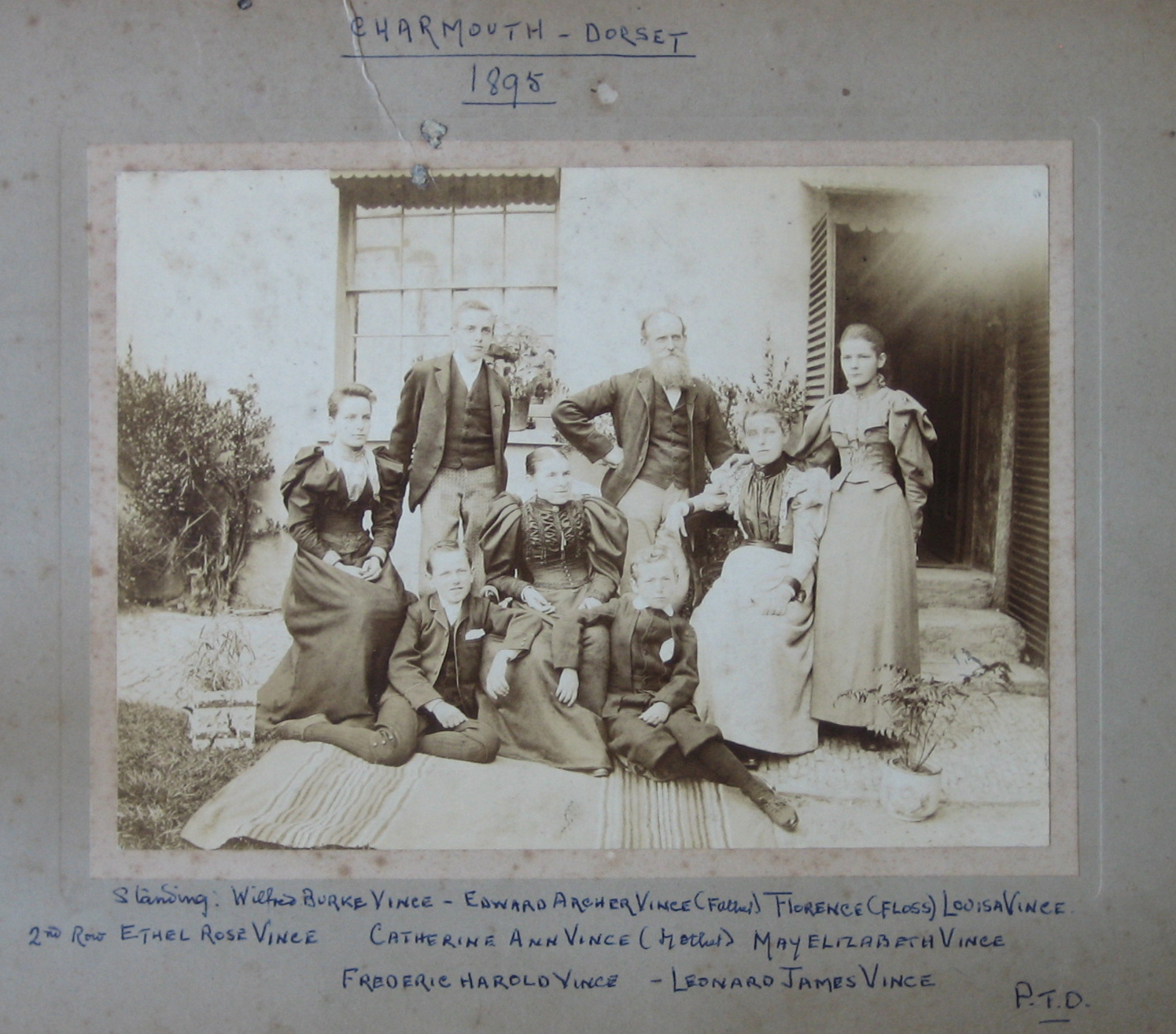

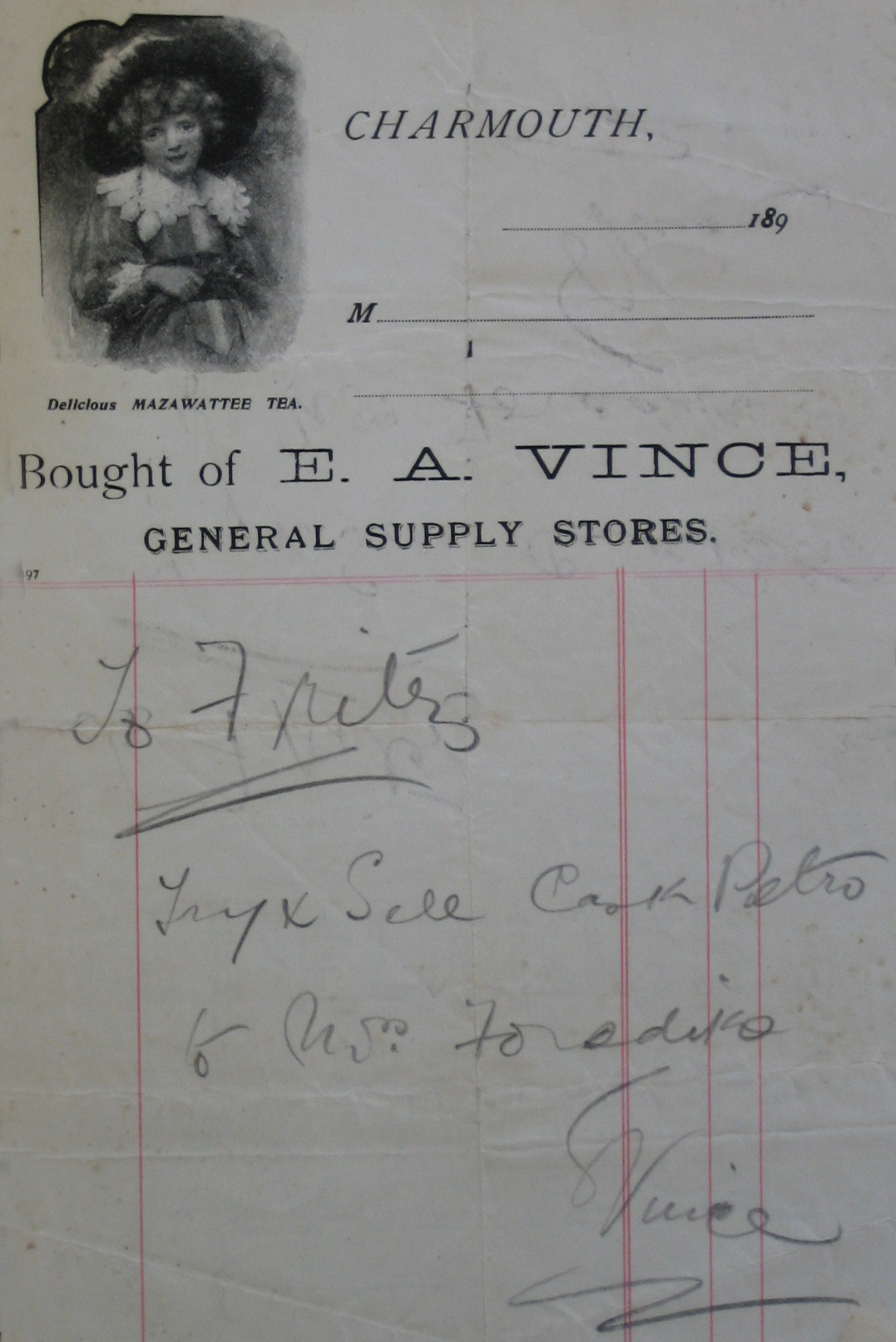

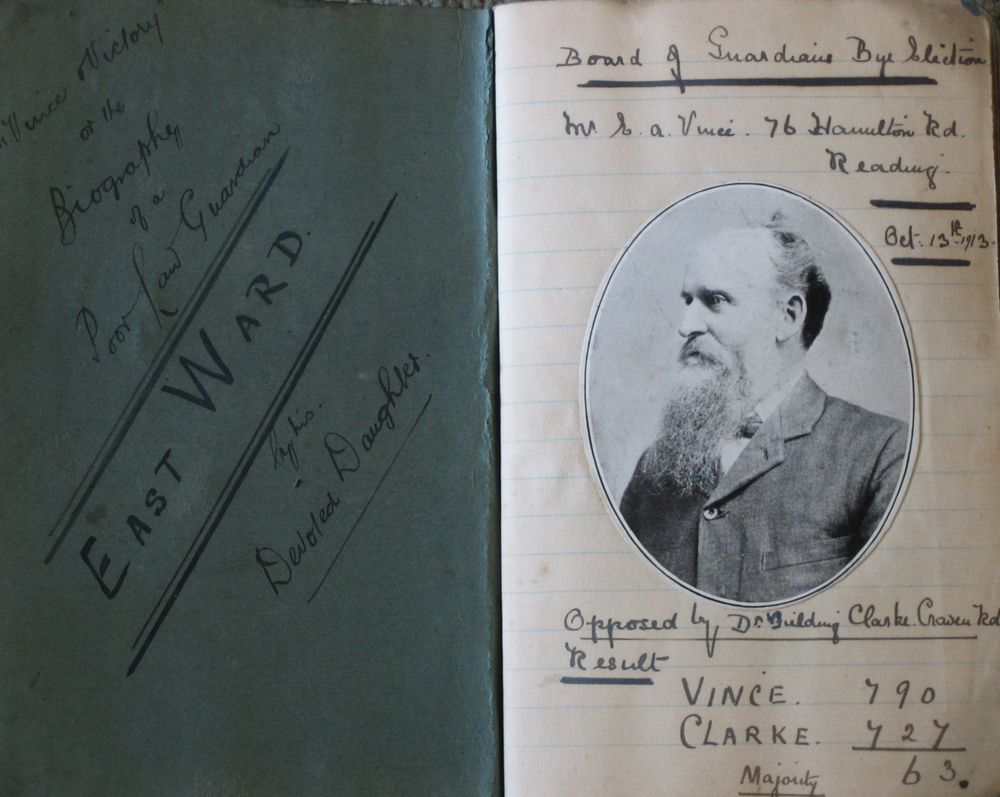



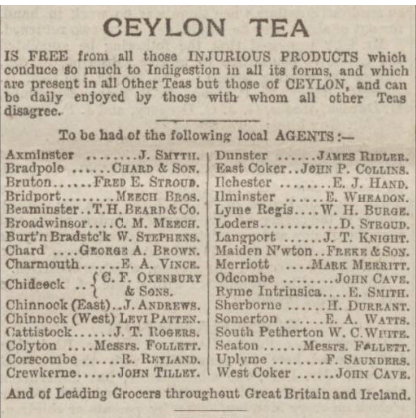
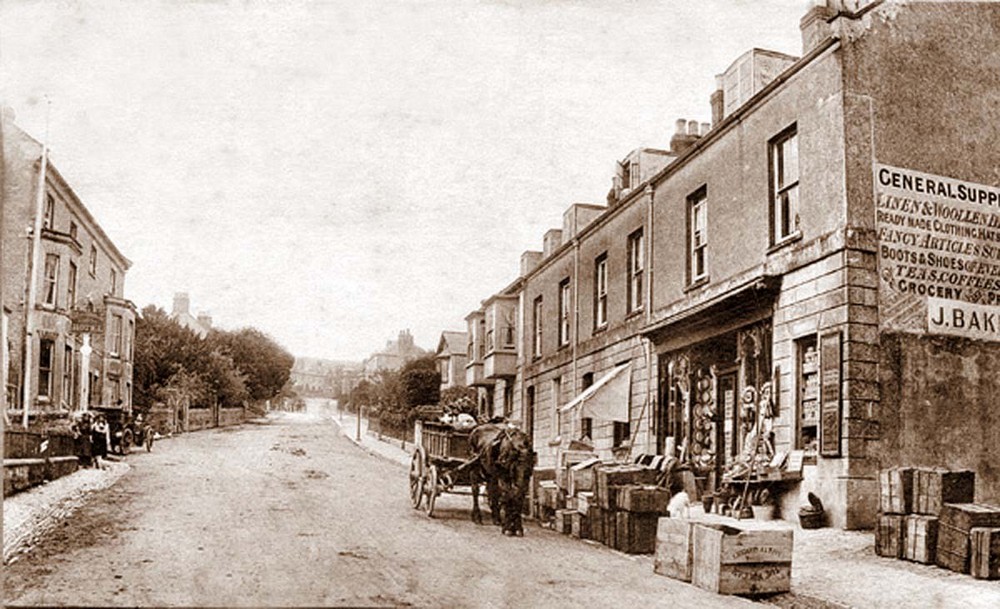


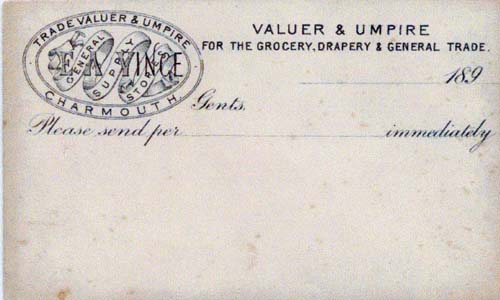



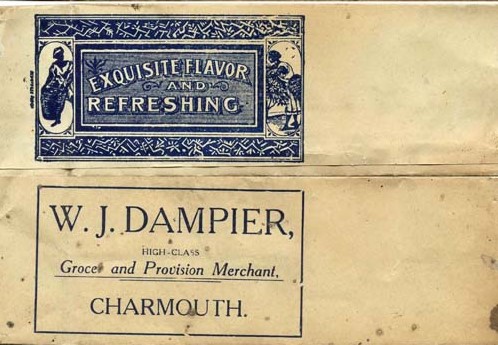
This was to be a Post Office as well as a Stores for its first hundred years and was one of the earliest in the country. For the Royal Mail as we know it today was initiated by John Palmer of Bath in 1787 with its first fast service from Bristol, via Bath to London. The following year he began running his coaches from Exeter to London and they would have passed through the village. The Three Crowns was to become a Coaching Inn, owned by William Edwards but run by Joseph Bradbeer from that time, for almost twenty years. The trade was so important that it was renamed “ The Mail Coach Inn ” and subsequently the “ Coach and Horses ” . He opened the Post Office in part of the present building in 1806, which due to a tragic chain of events already described was inherited by his son, Francis. On Joseph`s death in 1821, the business continued with his wife, Lydia who rented part of the building to John Carter, who opened a shop there in 1832. After a disastrous second marriage to William Watts, she loses her properties, which are auctioned in 1841. The Tithe Map and Census for the same year, show her, now single, running a shop in what is now Charmouth Stores, with John Carter taking over as Post Master, in the central section of the building. Directories of the time advertise the business as that of a Grocers, Post Office and Builders.The next family to own the shop were the Carters who were to be there for the next 30 years. John Carter who came from Axminster, is described as a Carpenter on the list of Charmouth Citizens who could stand for Jury Service in 1833. He had a workshop on the corner of Lower Sea lane where the Chemist is and a yard, which would have been where the parade of shops are today. By the following year he is shown as a Grocer probably running it from the same premises. He goes on to purchase the shop from Samuel Aplin in 1838 and continues to advertise himself as a builder. He was also the Village Postmaster right at the beginning of the Penny Post in 1840 when the Penny Black was introduced as the first Postage Stamp. The 1841 Census for which he the Village Enumerator describes him as being aged 38, living with his wife Willmet, aged 30. They were to have a son, John, who was born in Charmouth in 1842. Directories of the time advertise the business as that of a Grocers, Post Office and Builders. Sadly John was to die young in 1855 and leaves the shop, three houses in Catherston and a house in Sea Lane (Lower Sea Lane) to his wife who continues running the business with the son, John William (born 1841) later taking it over. The Kelly's Directory of 1859 details the opening hours for the Post Office which stretch from 7.10 in the morning until 10 pm at night.
In 1864 the Carters business was to dramatically change after a fire broke out in Pryer`s roof. The fire engine came from Lyme Regis and put it out, but it started up again the following morning and spread to the other adjoining buildings which were burnt to the ground. The houses when they were rebuilt were called "Prospect Place". The house on the westward end of Prospect Place is named "Stanley House" and was left by Pryer to his son Henry William on his death. His workshop and yard were on the corner of Sea Lane, where the group of shops are today and had previously been John Carter`s Premises. The following year John William Carter is back in business and advertising in the local directory as Grocer and Postmaster. He continues for awhile, but by 1870 George Mortimer is the owner and an advert a few years later reveals the wide range of goods he can offer. He is shown as a Linen & Woollen Draper, Grocer, Tea Dealer & Provision Merchant, China, Glass, Earthenware & Brush Warehouse and Post Master. The same directory shows Charmouth having six other Grocers as his competition - how times have changed! The 1871 Census for Charmouth has George aged just 28, married to Mary aged 26. He is described as a Postmaster and Shop Keeper. It is interesting to see that has brother, aged 15 and wife's sister aged 19 are living with them as shop assistants. By the 1881 Census he is described as a Merchant employing 9 hands, most of whom seem to be living with them.
He eventually sells the business to Edward Archer Vince(1849-1917) in 1888 who continues trading in the same style as is shown in a Directory of 1889. Old Photos of the time show a massive hoarding on the side of the building with a long list of all the goods and services that were offered inside. The door to the Post Office appears to be where the small long window was on the front of the building with a wooden sign above it.
According to Reg Pavey the shop was much smaller than the present day store. A counter was on the left as you entered for the drapery department and the grocery and post office on the opposite side. By the late 1880`s customers were able to telegraph from the premises when a wire was laid to Lyme Regis for it. The 1895 Poor Rates listing show that Edward was renting the premises from Henry Burrough, who in due course was to sell the freehold to Alfred Gapper Pass, who owned a large number of properties in the vicinity, including Wootton Fitzpaine and Monkton Wyld.
John Baker from Steyning in Sussex succeeded Edward in 1896, but by then George Holly was the Post Master running this business from Wistaria on the Street, where it was to remain for the next 40 years. John is shown as being just 30 in the 1901 Census living with his wife Martha and 2-month-old son, John with 3 young shop assistants above the shop. Times were to be hard for him, especially with a severe downtown in trade during the first World War and he eventually put the business up for sale in 1918. It was to be purchased by William John Dampier who had been a Grocery Clerk for the Department Store of Boons and Sons of Dorchester. He was encouraged by his former Employer who helped him with the finance that he needed. For almost the next century the business was to be family run and very well regarded by villagers. William was born in 1878 and with his wife Laura had two sons and three daughters. His son, Donald was to follow him into the business and take over in 1954 and in due course his grandson Ronald joined them and eventually ran it from 1970 until 2000. It is Ron, who still lives in the village that I have to thank for assisting with this article and providing the magnificent photo shown here of William with his staff standing outside the shop with its original Victorian Front in 1935. From the left it is believed that the people shown are Percy Larcombe (young assistant who lived next door), Cecil Bugler (Assistant), Sammy Smith (Delivery Man),Peter Oldworth(Provisions), Donald Hubert Dampier(son), Gladys Frampton(daughter), William John Dampier (Owner). Not long after the shop front was updated to the one that can be seen today. The Dampiers also ran their business from the adjoining premises and the seat that was outside was very poplar and there are usually people to be seen sitting on it on the old postcards. The Dampiers ran a successful business and in due course extended it back and purchased the freehold of the premises from the Pass family. An interesting anecdote regarding the personality of William was revealed in correspondence that Ron still has relating to the famous author, G.K.Chesterton of Father Brown fame. It seems that he and his wife were frequent customers and especially enjoyed the Marmalade that he made and sent to them. One of the verses he was famous for was “The Wicked Grocer”, which reflected badly on the trade, so much so that he felt that he must right the wrong after the impeccable service he had received from the Dampiers at the Charmouth Stores. So as recompense he penned a new verse in 1929 which he dedicated to William called the Good Grocer that is full of his praises. The family still have a signed copy from Chesterton of this verse as a souvenir. Another photograph shown here is of Donald, back in the 1950`s standing behind the original mahogany counter with the shelves behind him piled high with teas and canned fruit. The shop has always kept up with the times and in due course joined various buying groups and the name above the shop changed from APT to VG and then Londis. It is now under the Nisa banner, which allows it to have the same competitive, prices as many supermarkets. The owners, Phil and Carol Tritton continue the traditions of the past by offering a wide range of products and services. The residents of the village are very fortunate to be able to still shop in a building, which started as a Grocers in the year Queen Victoria came to the throne.
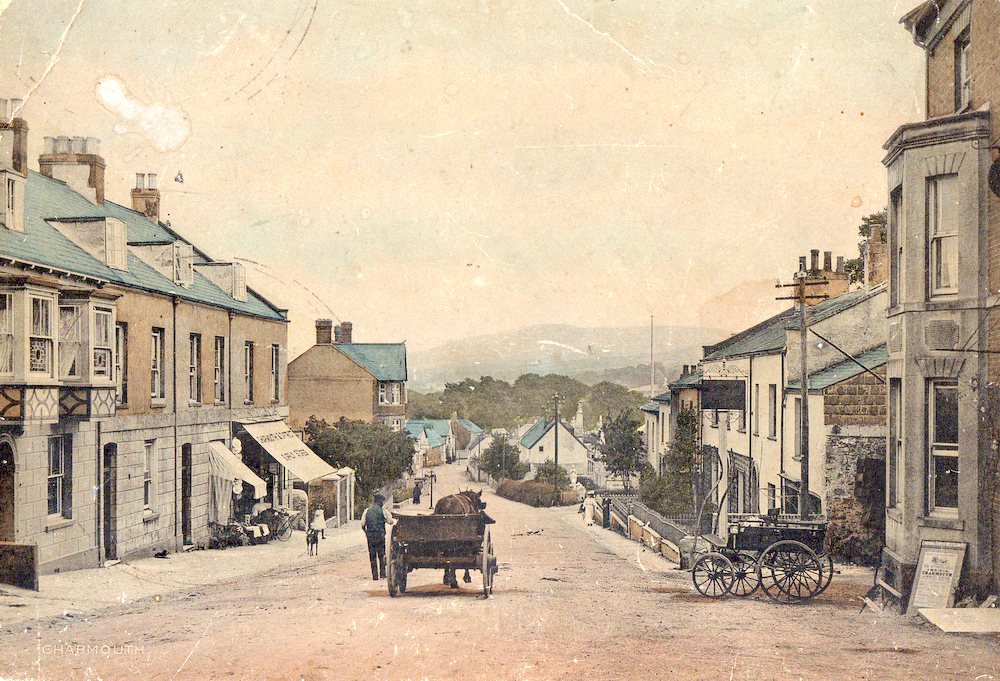

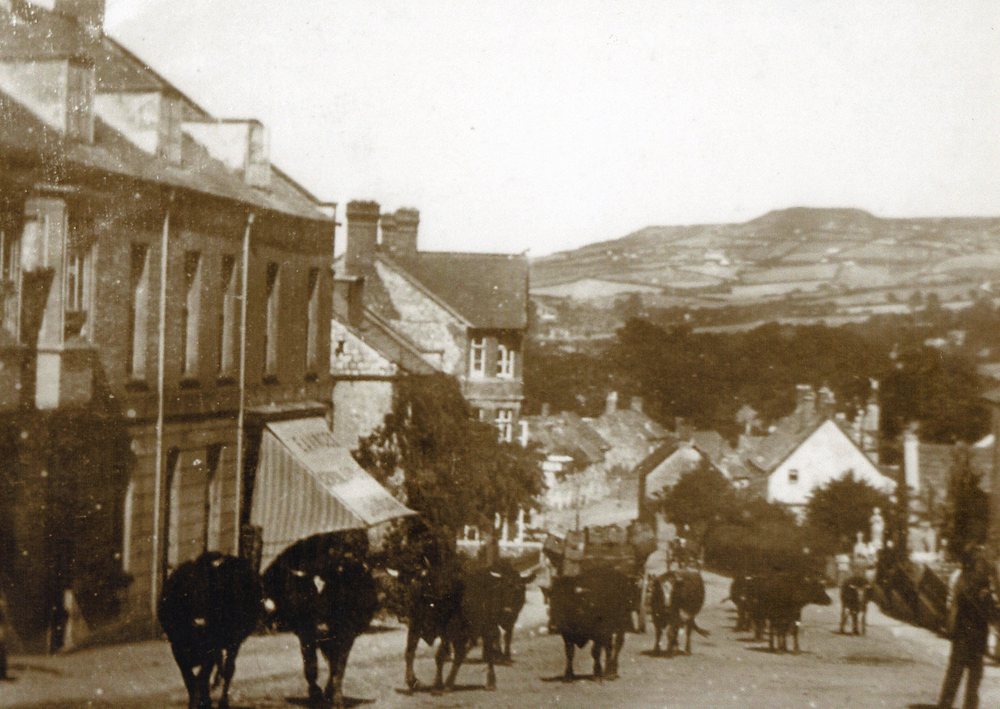
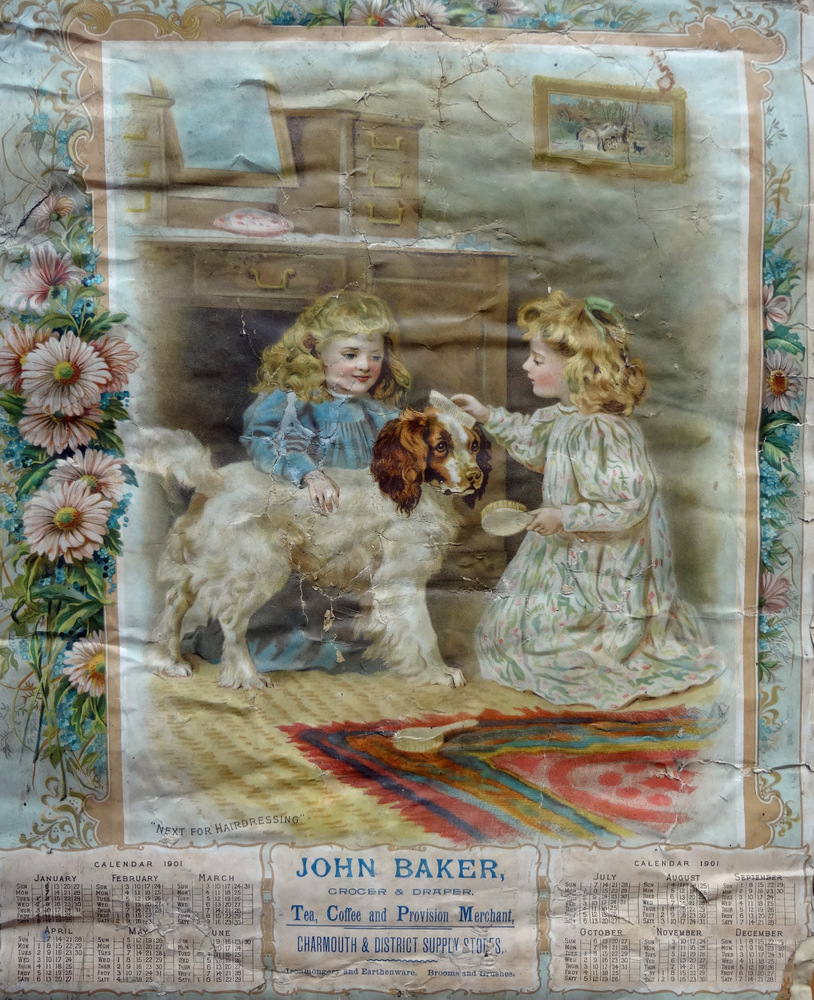
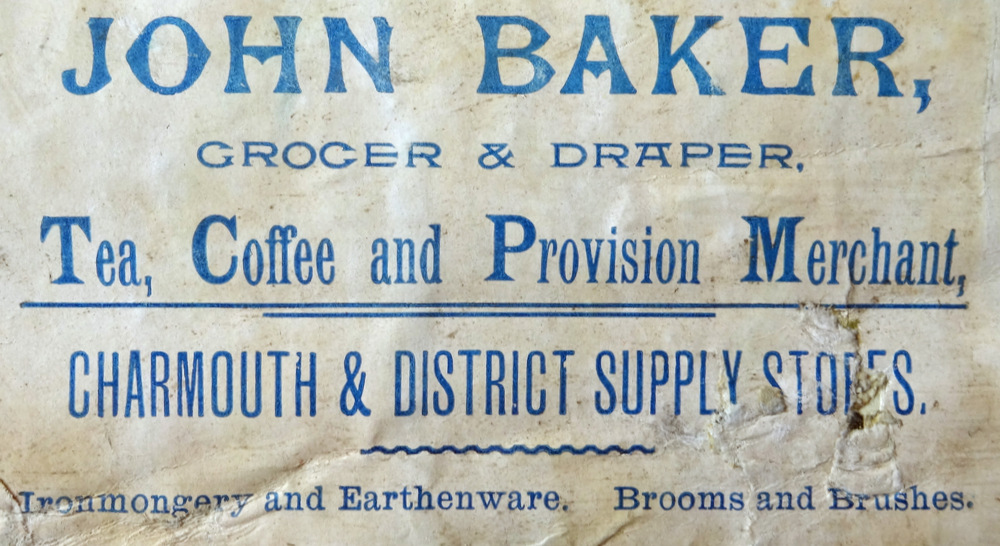














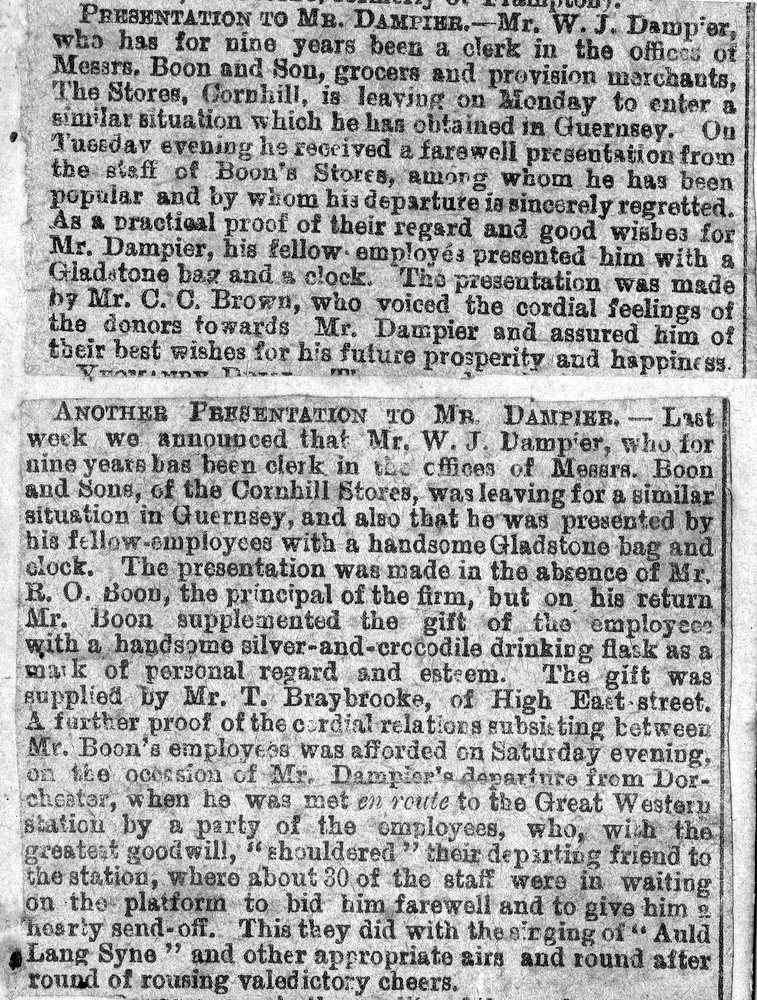




.jpg)

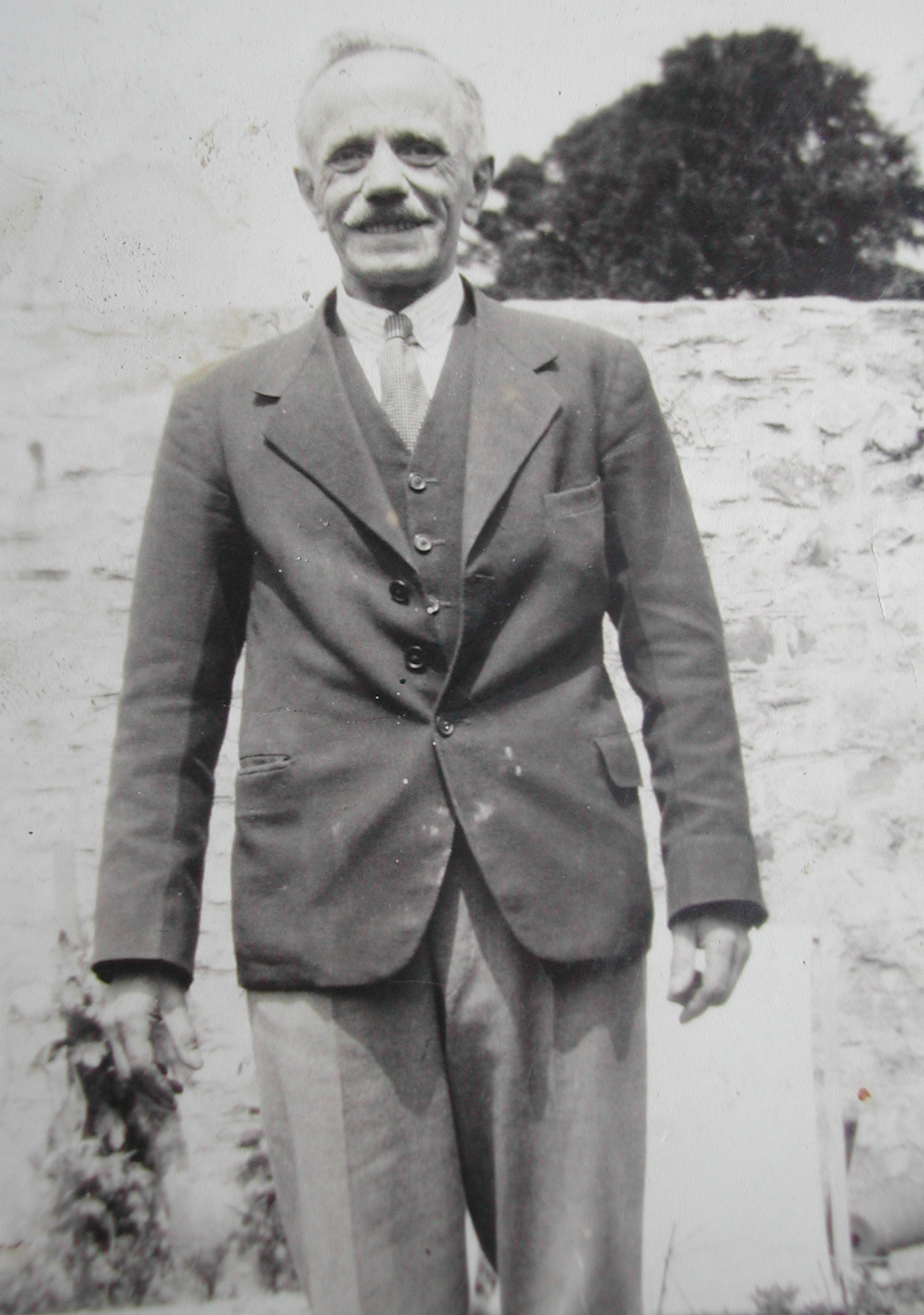

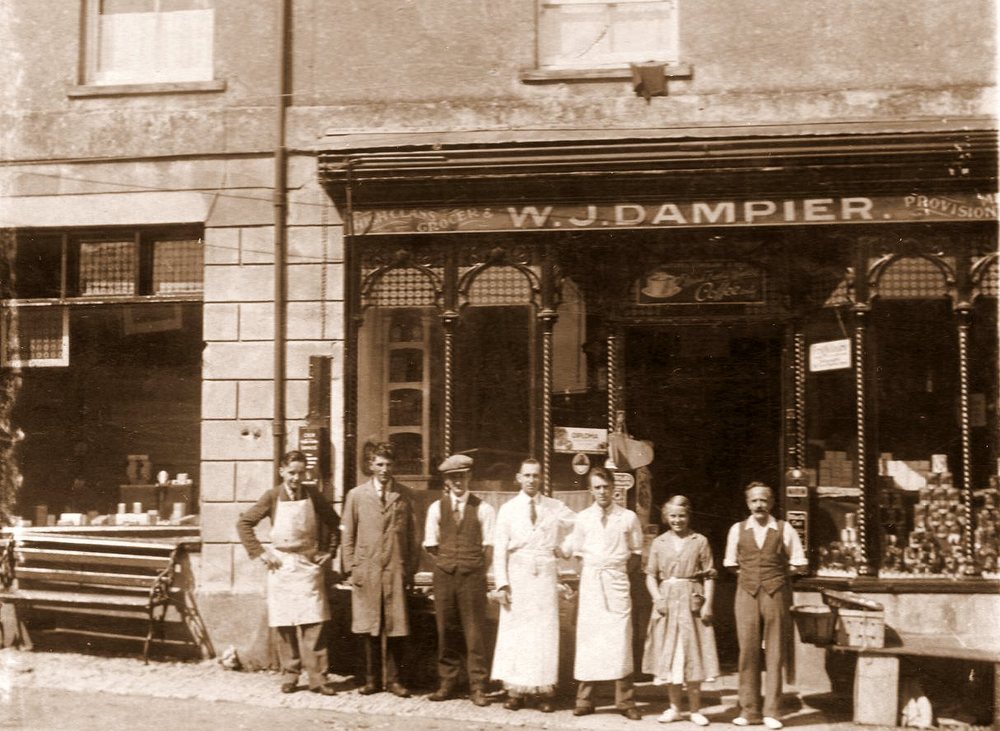

Death at Charmouth of Mr. W.J. Dampier, member of Rural and Parish Councils
Charmouth his week mourns the death of Mr, William John Dampier, aged 78, who in addition to being the proprieter of the village stores for the past 36 years has taken a leading part in the life and welfare of Charmouth. He came to Charmouth from Dorchester in 1919. For practically thw whole of that period he was a member of the Parish Council and he represented the ratepayers for a lomg period on the rural District Council . He became one of the first members of the Charmouth Playing Fields Committee and the fact that they have provided such a wonderful amenity, is in no small measure due to the energies he has expended in this direction
Letter concerning a bequest made by Charles Hodges, deceased for the purpose of purchasing a playing field. 1932
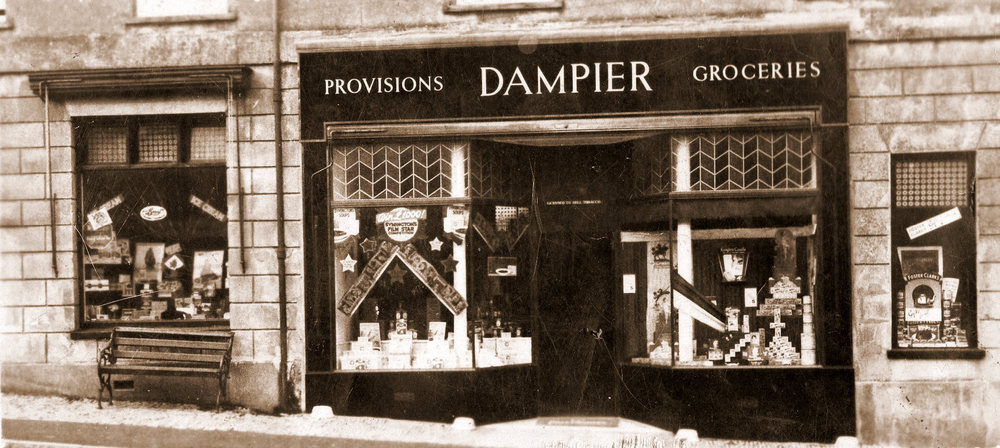
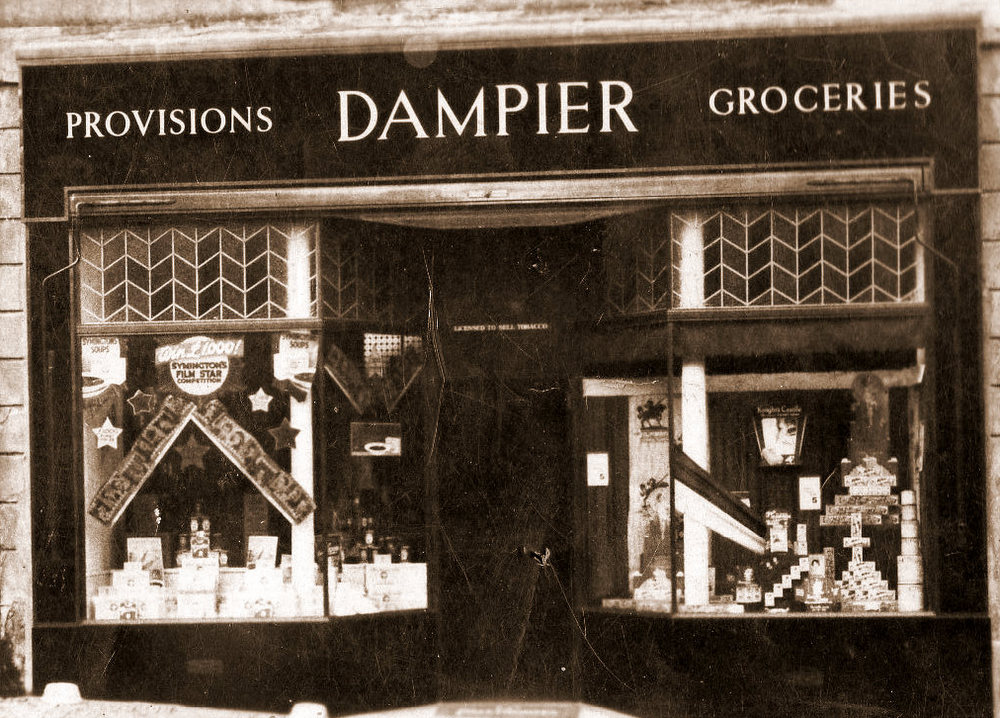
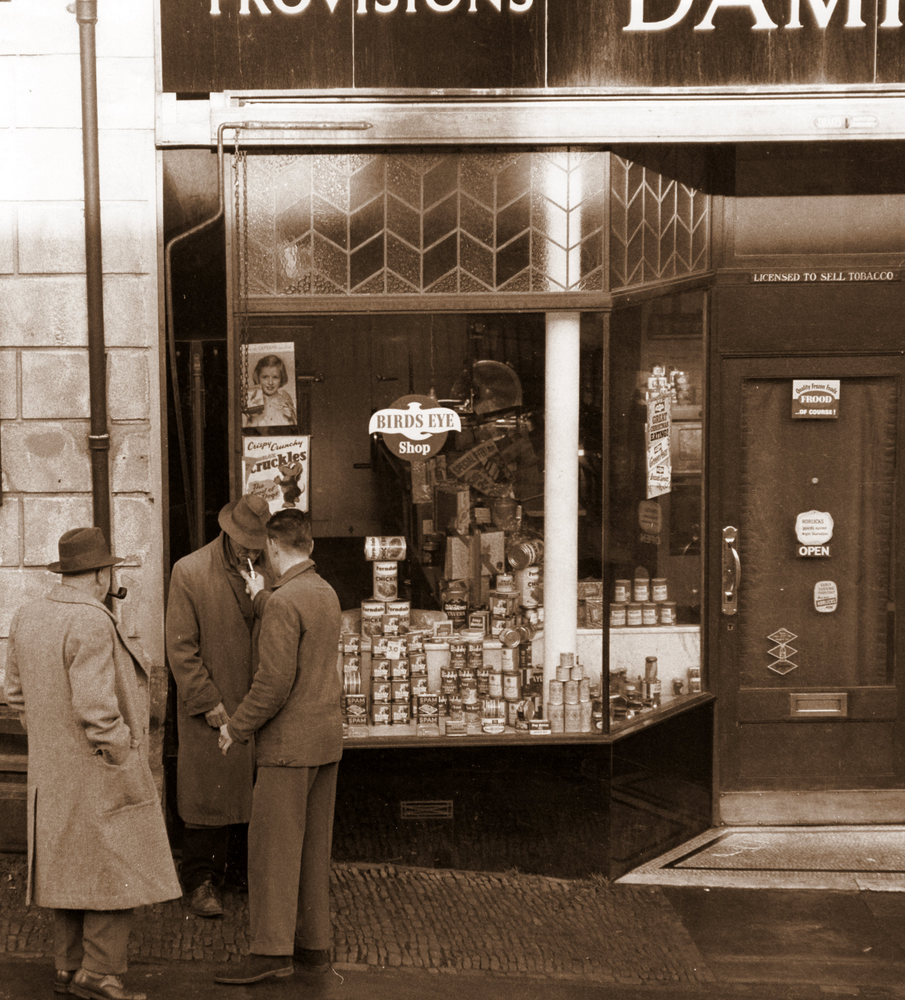

.jpg)
.jpg)
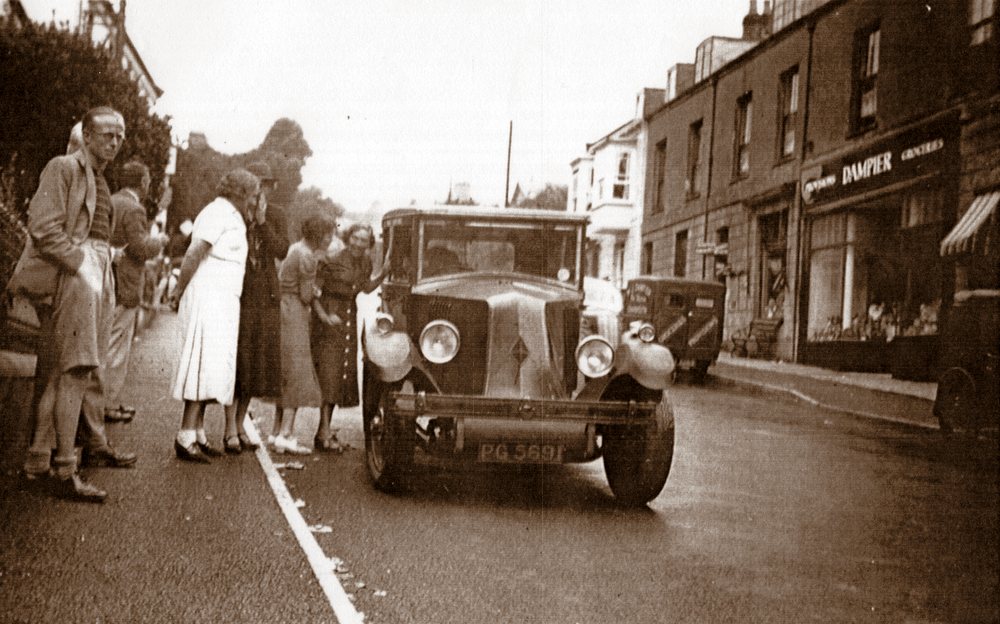

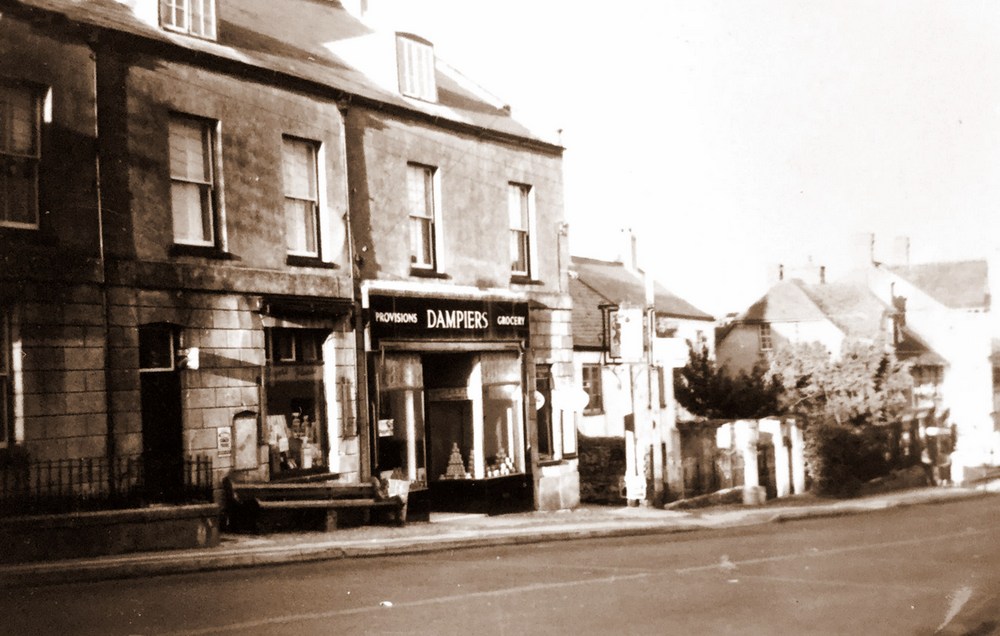

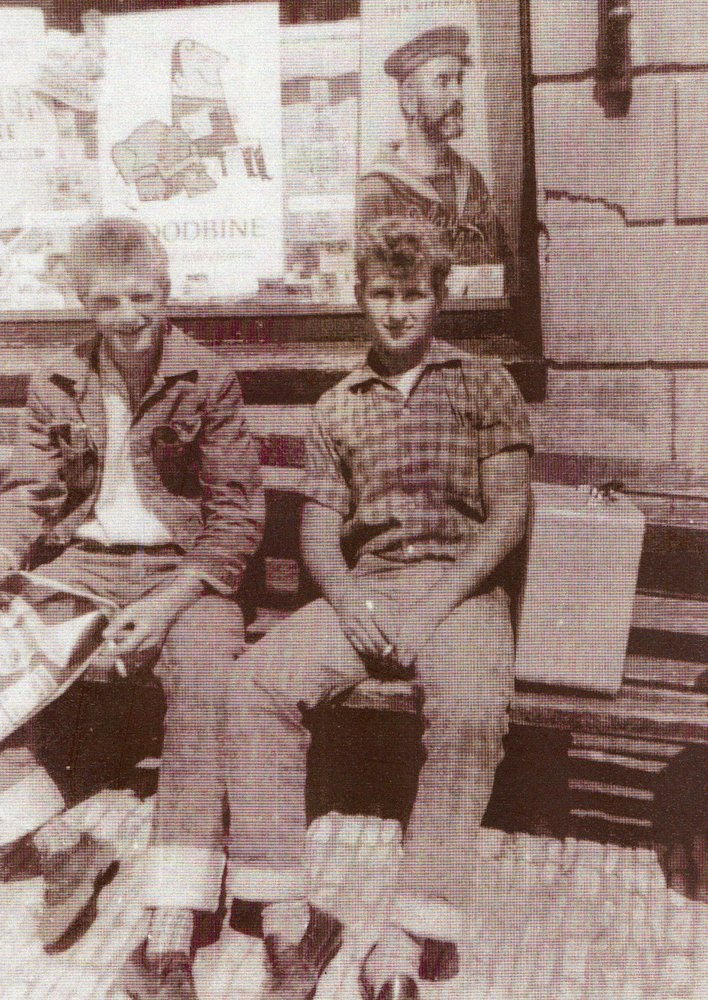


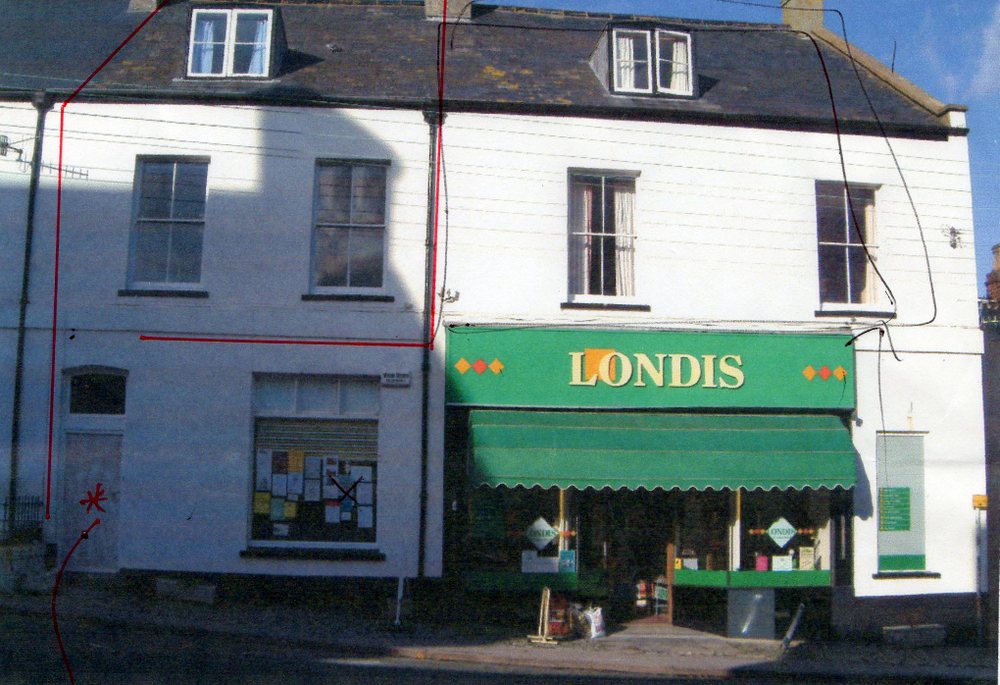



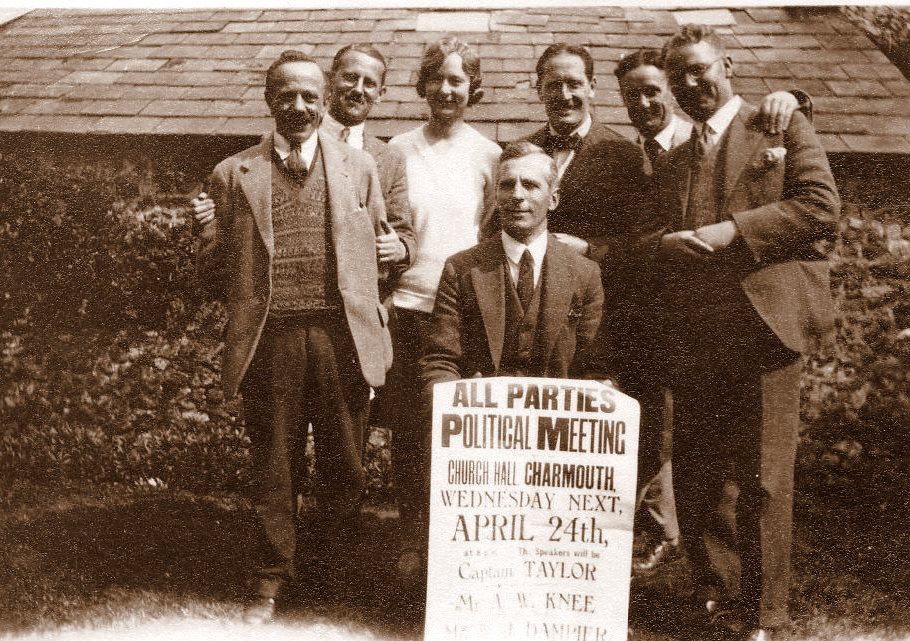

| Began | Shop Keeper |
| 1806 | Joseph Bradbeer (1752-1871) |
| 1821 | Lydia Bradbeer (1774-1869)(Widow) |
| 1832 | Lydia Watts (remarried) |
| 1834 | Lydia Watts/John Carter |
| 1841 | John Carter (1804-1855) |
| 1855 | Willmot Carter (Widow) (1809-1863) |
| 1863 | John William Carter (son) (1844-1911) |
| 1866 | James Hawkins |
| 1871 | George Mortimer (1843-1929) |
| 1888 | Edward Vince (1848-1917) |
| 1898 | John Baker (1871-) |
| 1905 | Robert Morgan (1875-) |
| 1919 | William Dampier (1878-1955) |
| 1954 | Donald Dampier (1911-1986) |
| 1986 | Ronald Dampier |
| 2000 | ? |
| 2005 | Phillip Tritton |

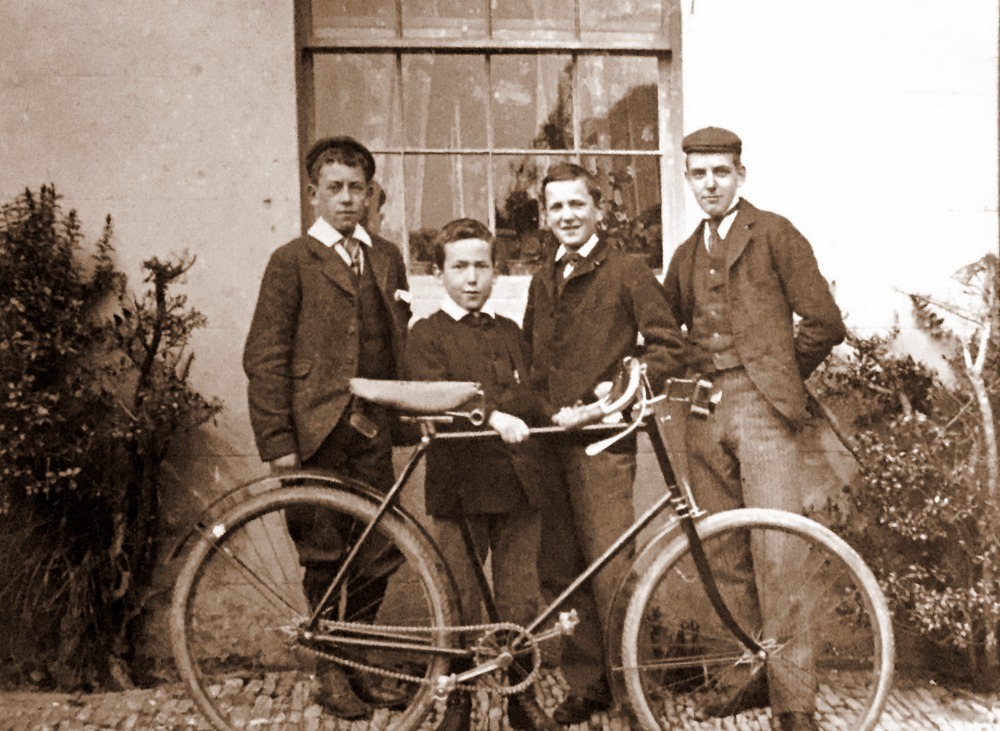
Edward Vince married Catherine Youngman at East Walton in 1874
Children: Elizabeth May 1876-1960,Ethel Rose 1877-1932,Florence Louise 1879-1968,
Wilfred Burke 1880-1967,Frederick Harold 1881-1982,Leonard James 1884-1957
.jpg)





